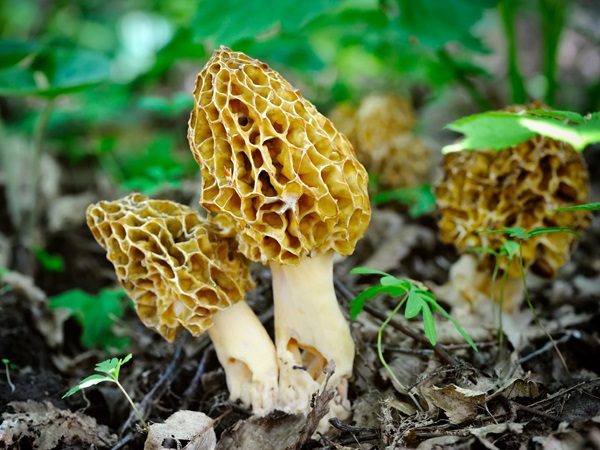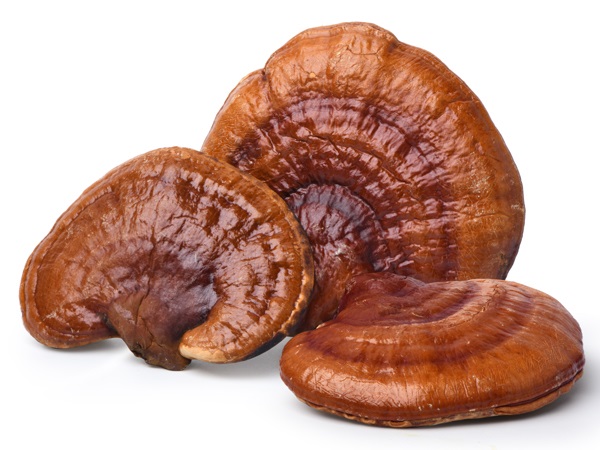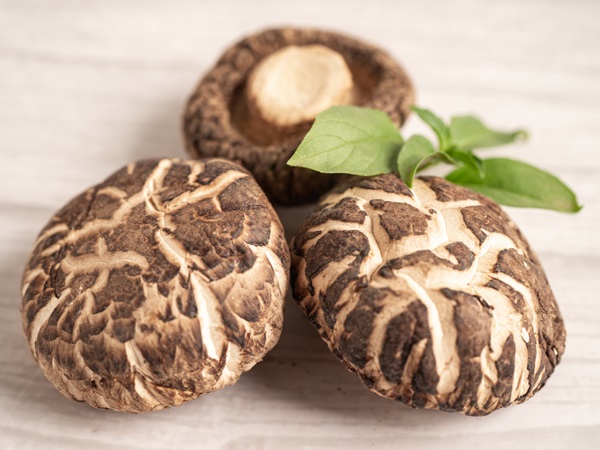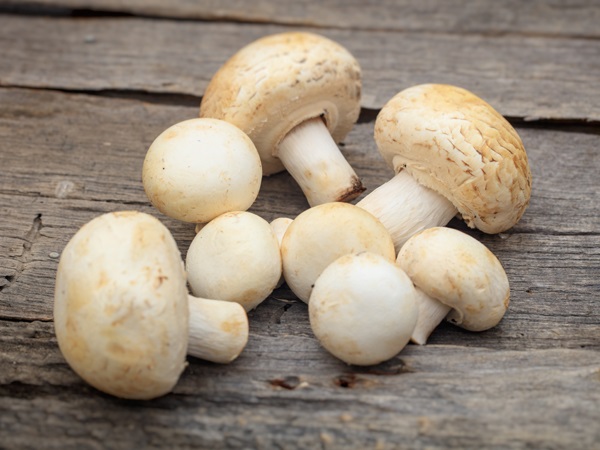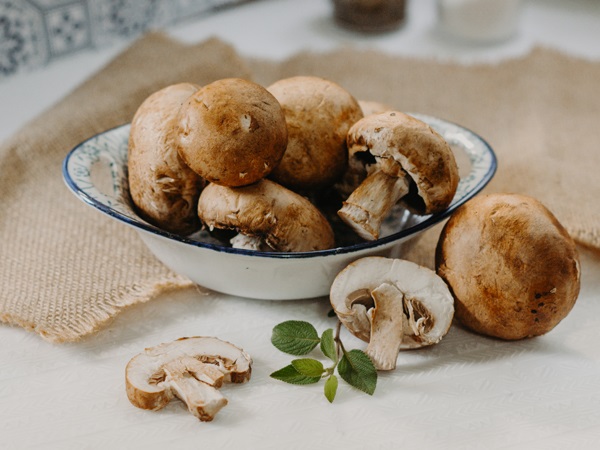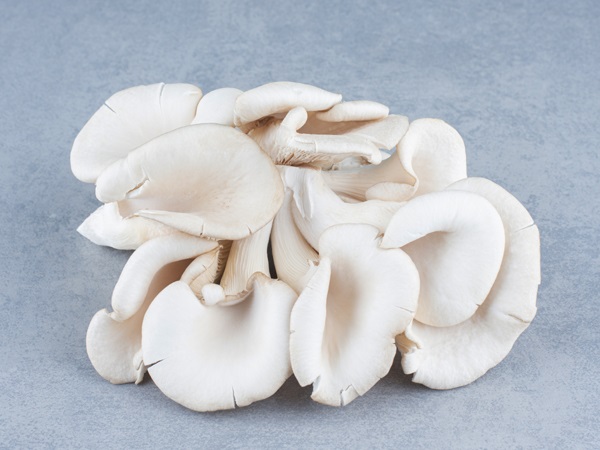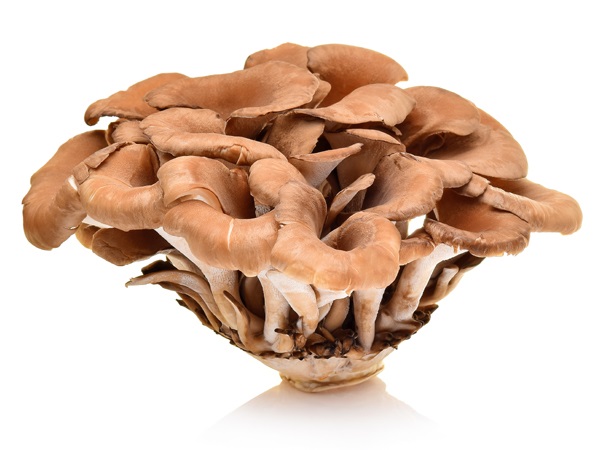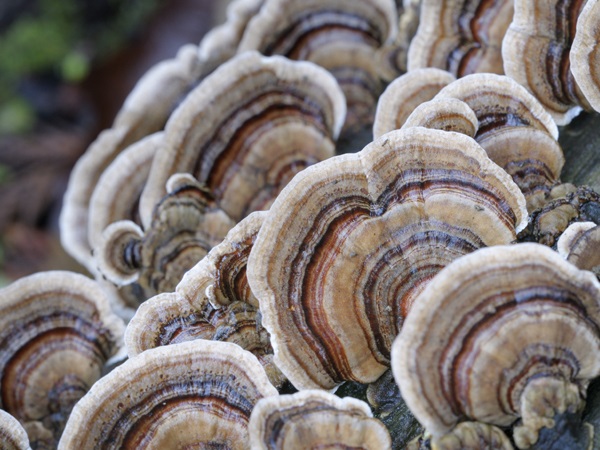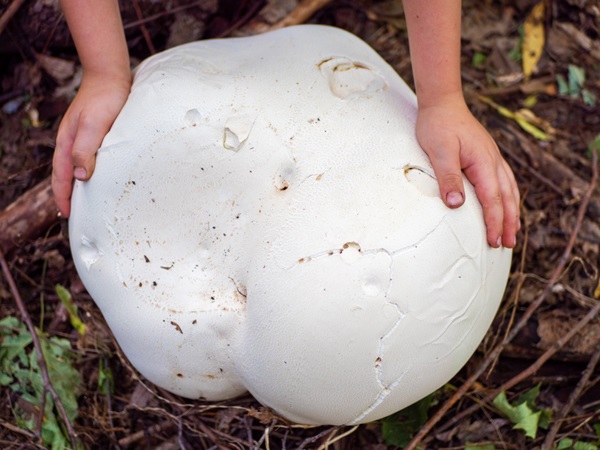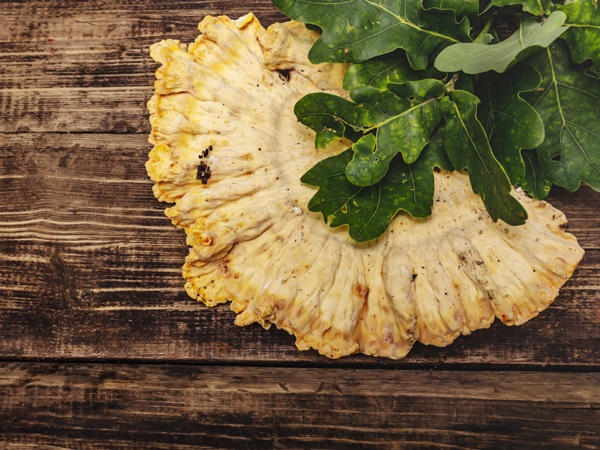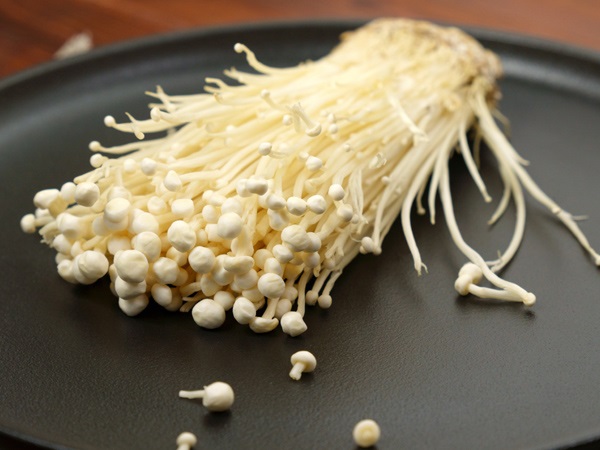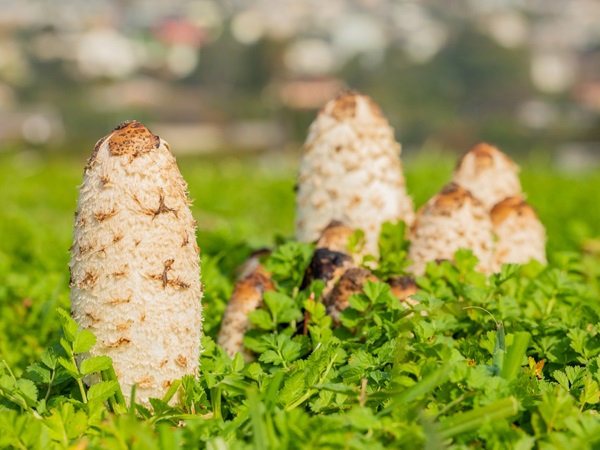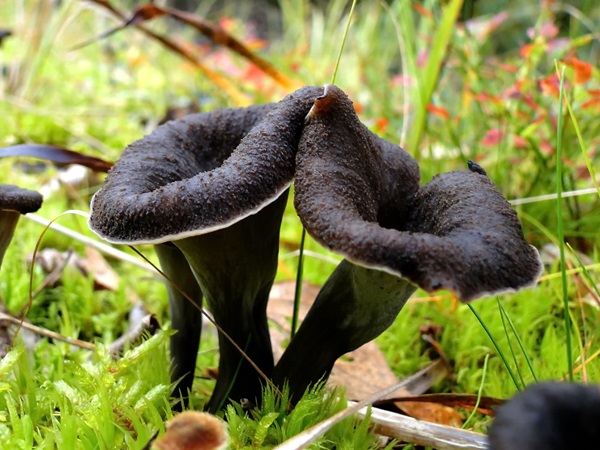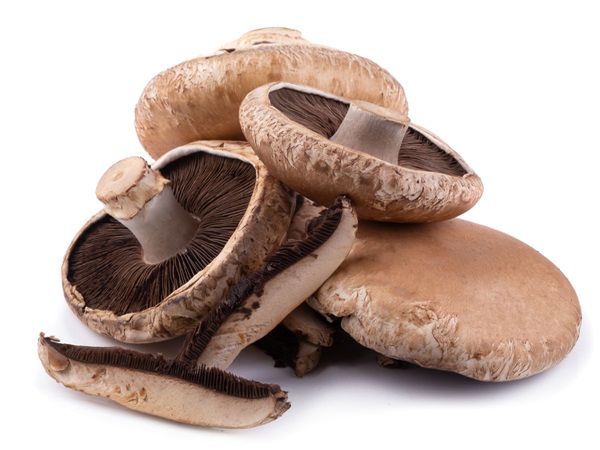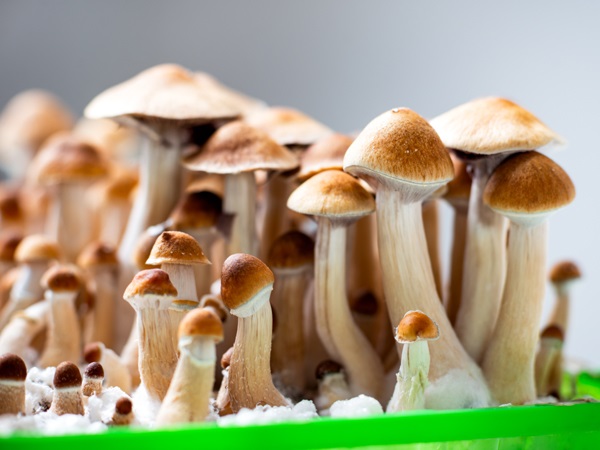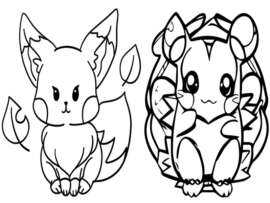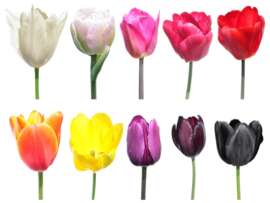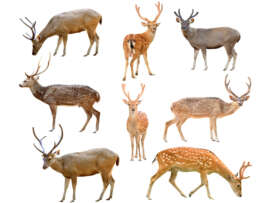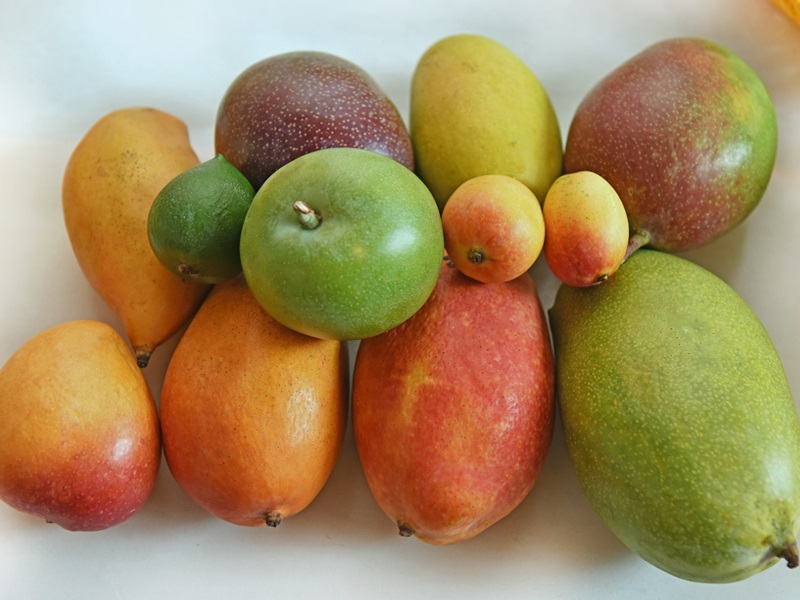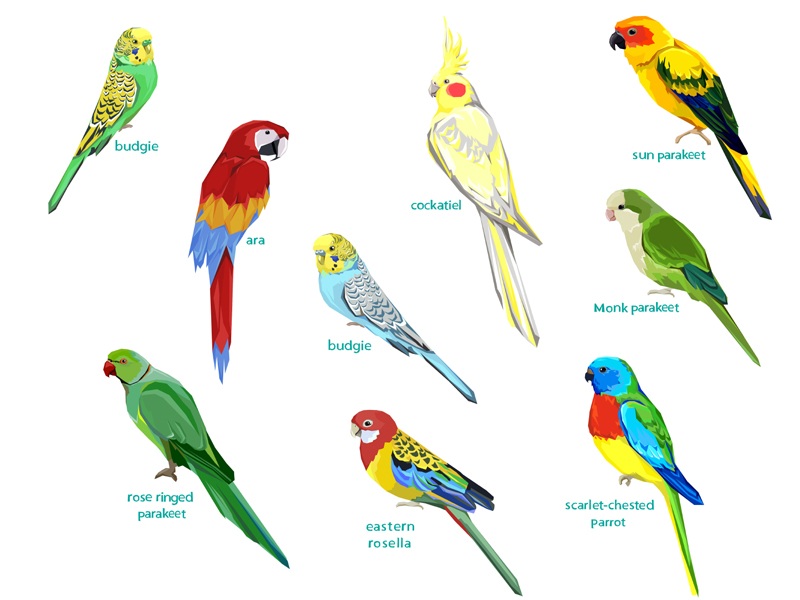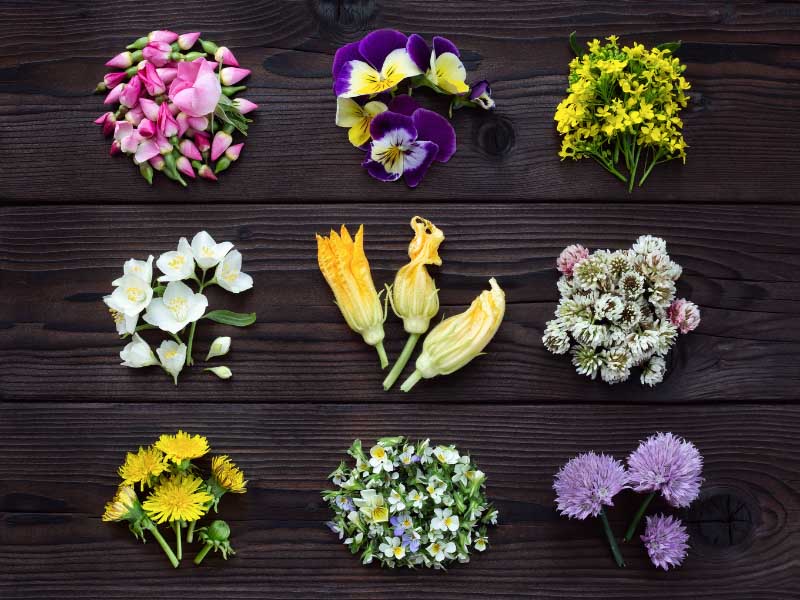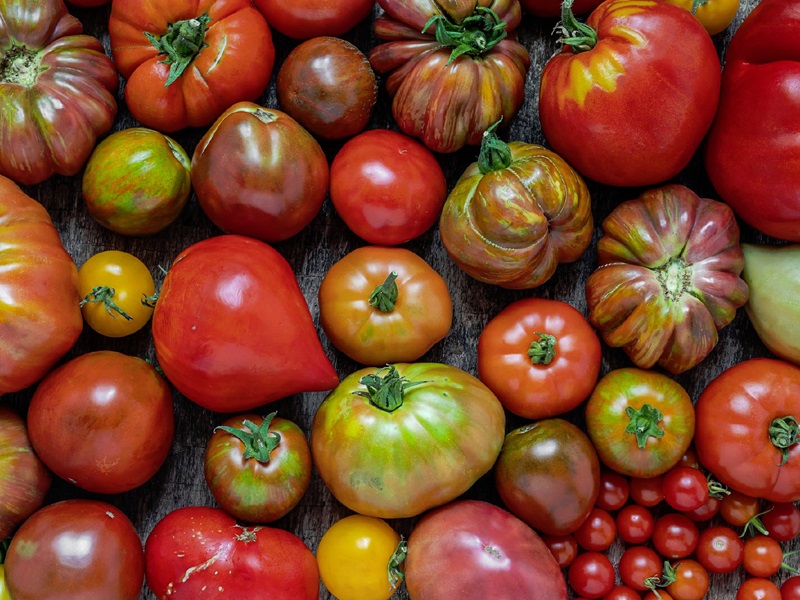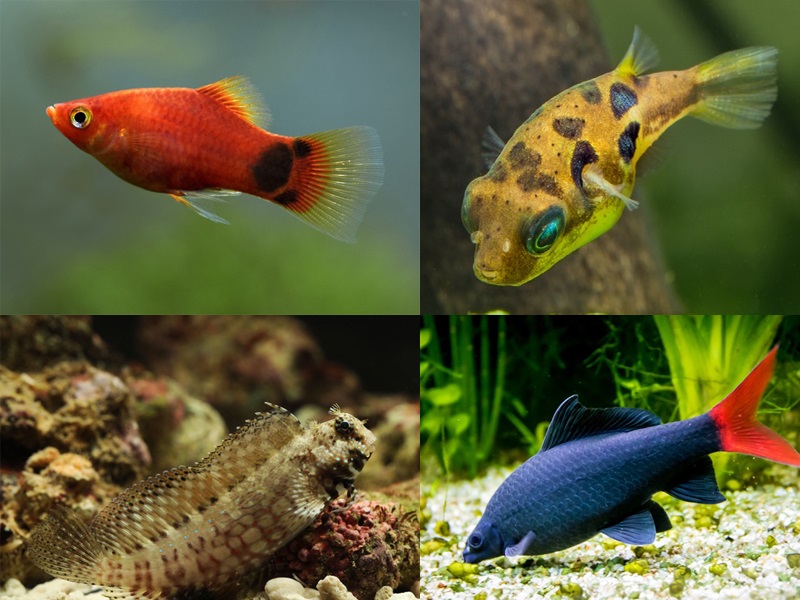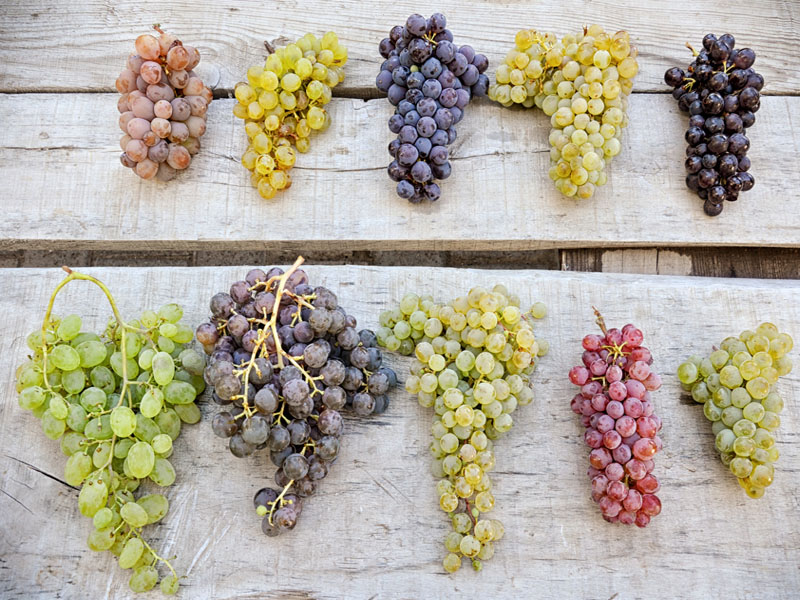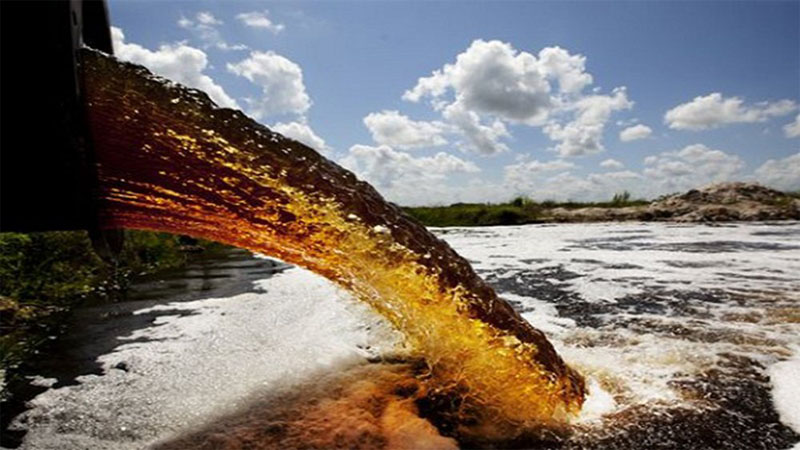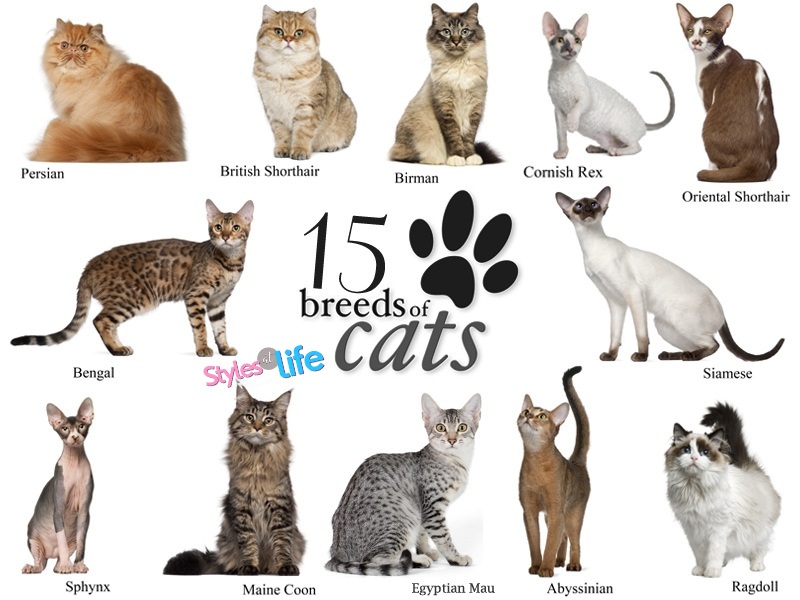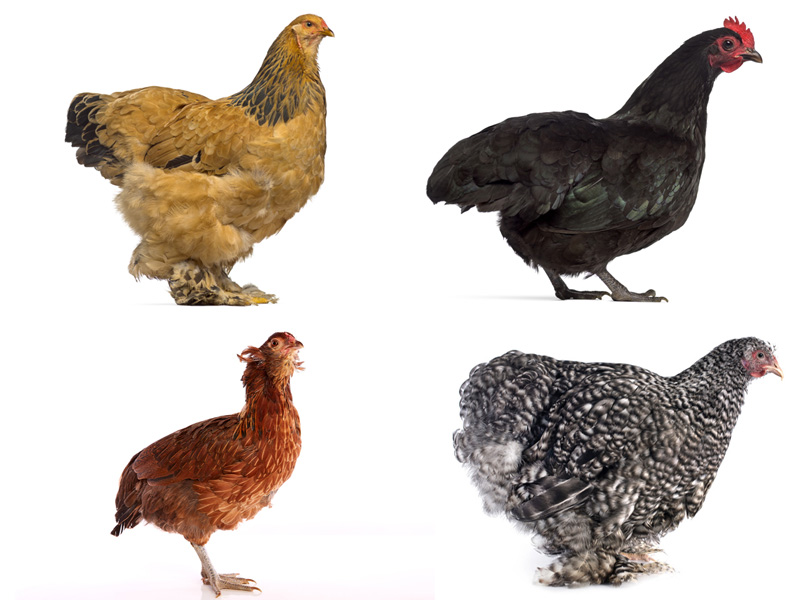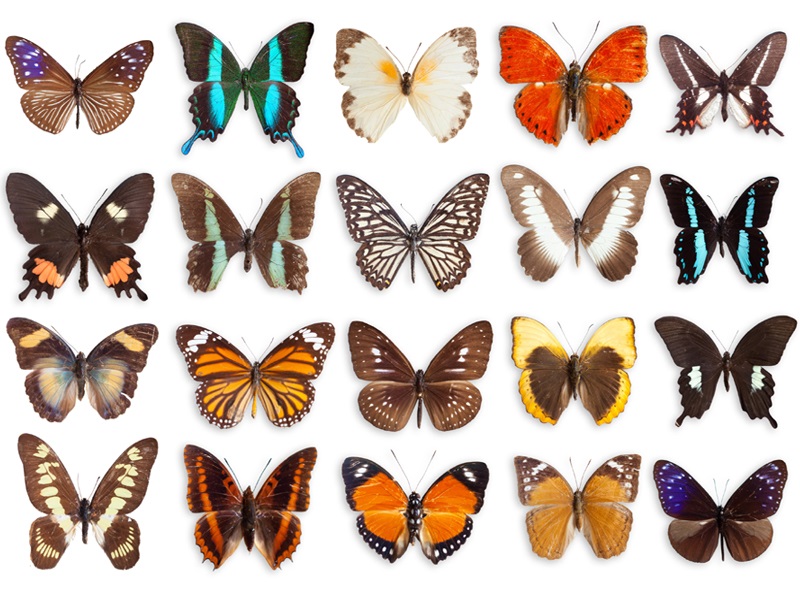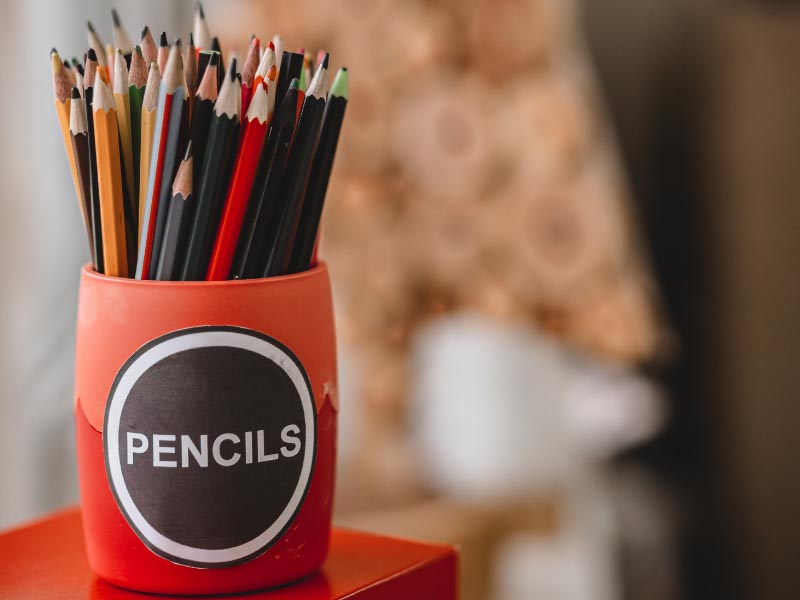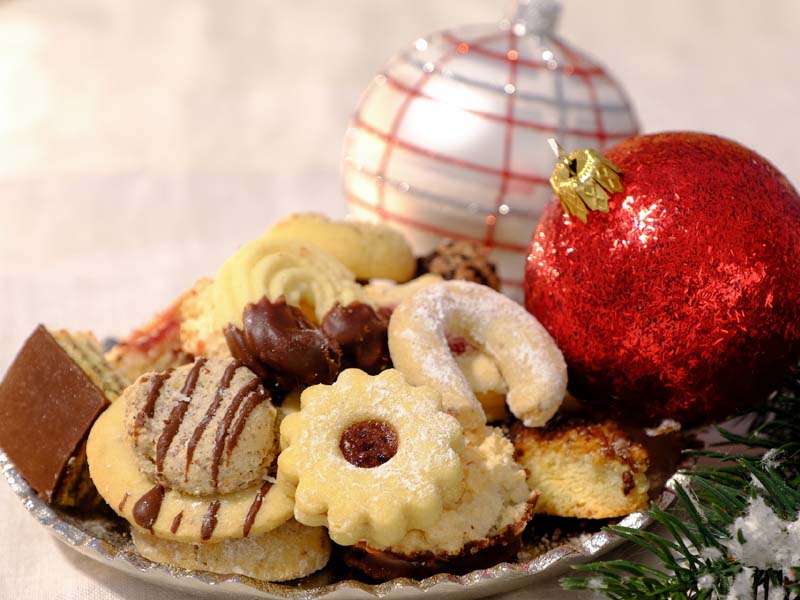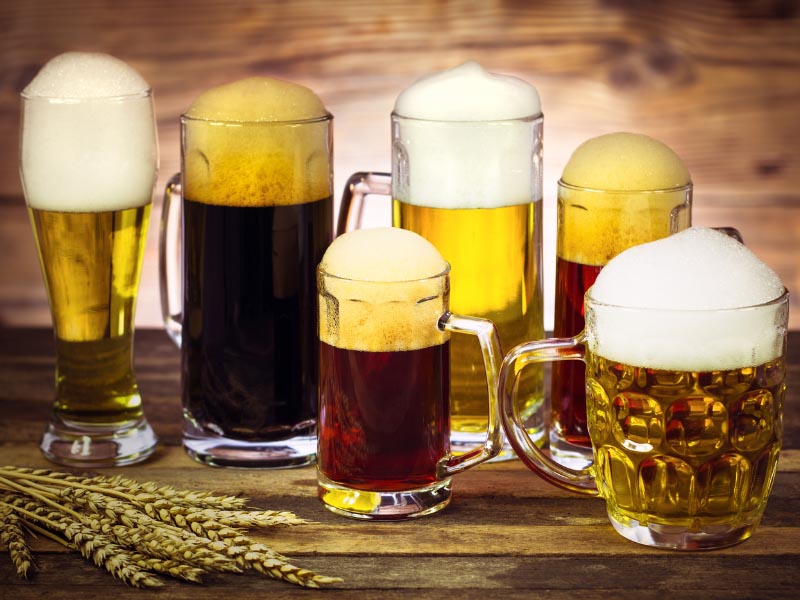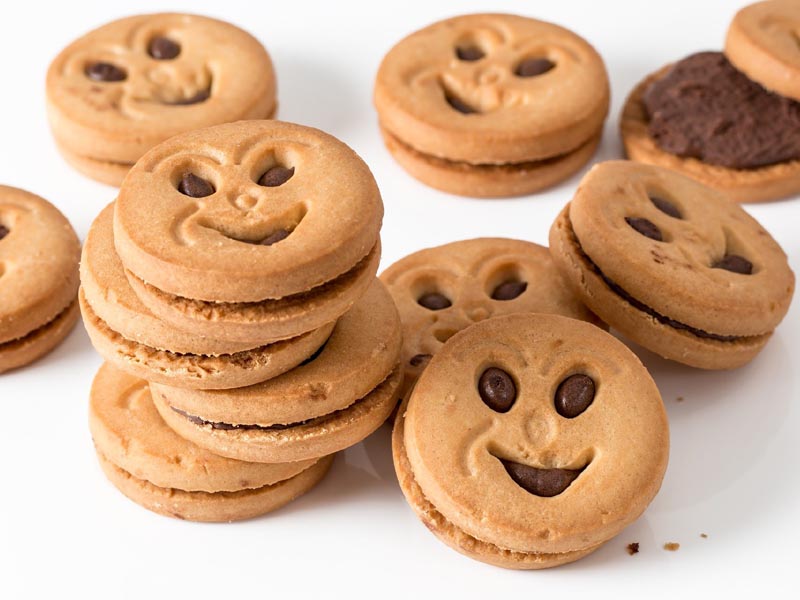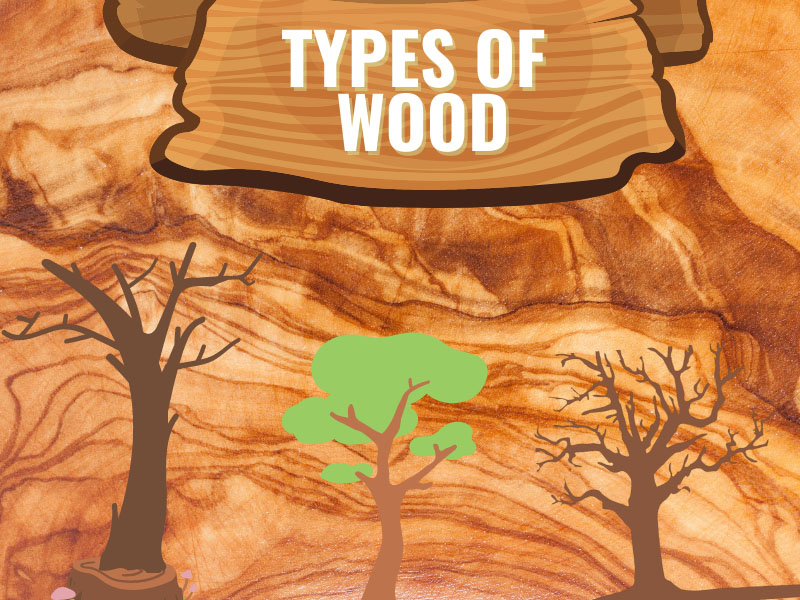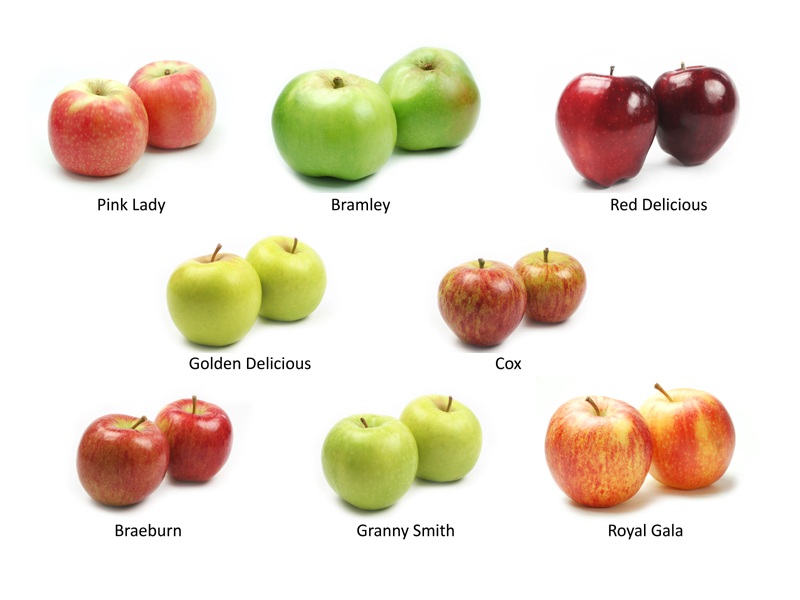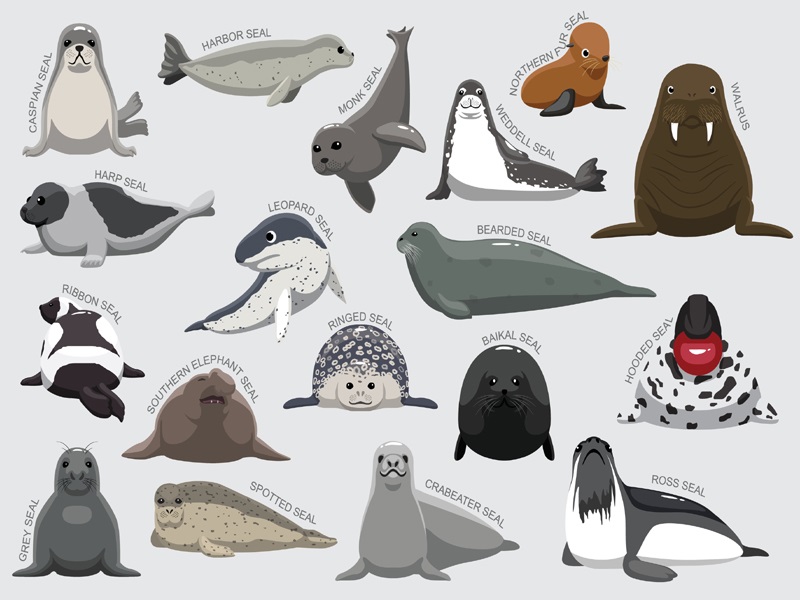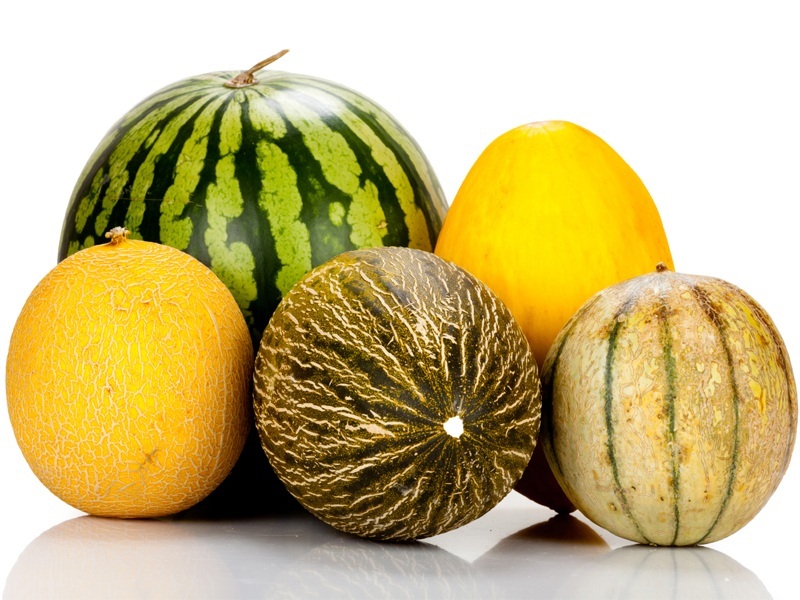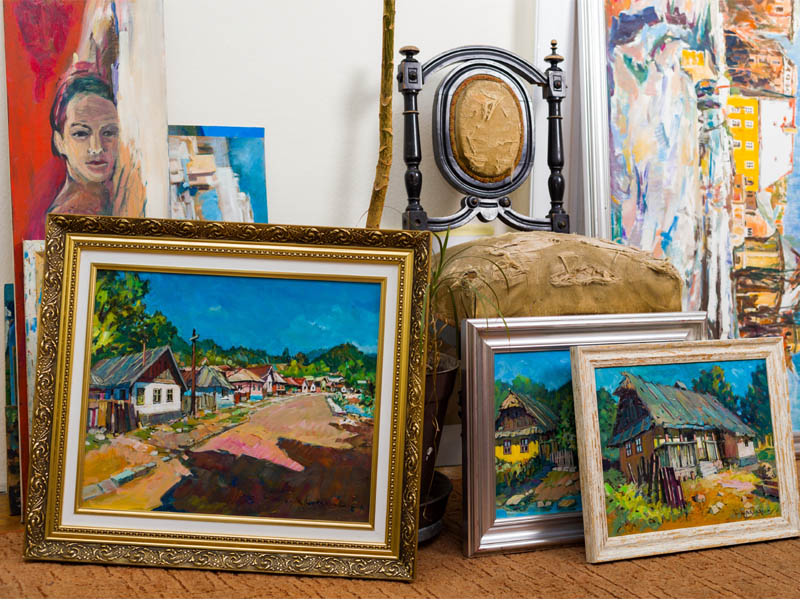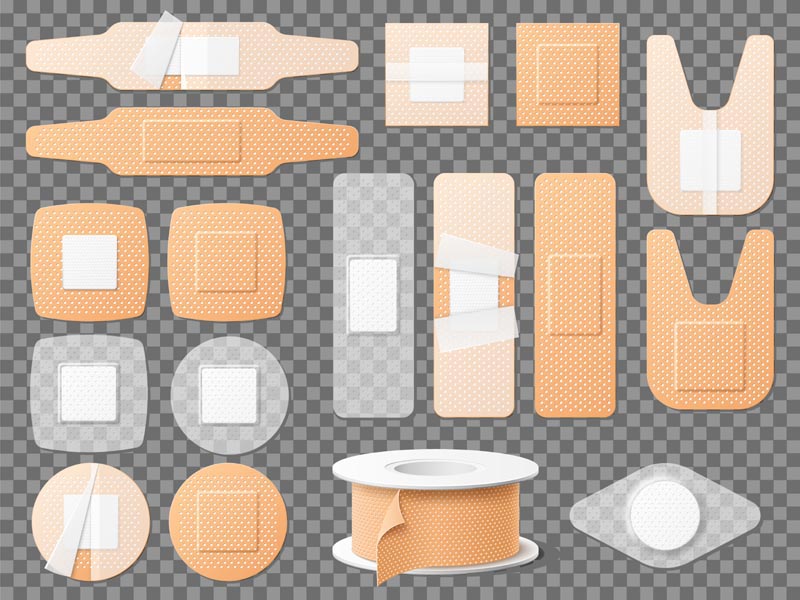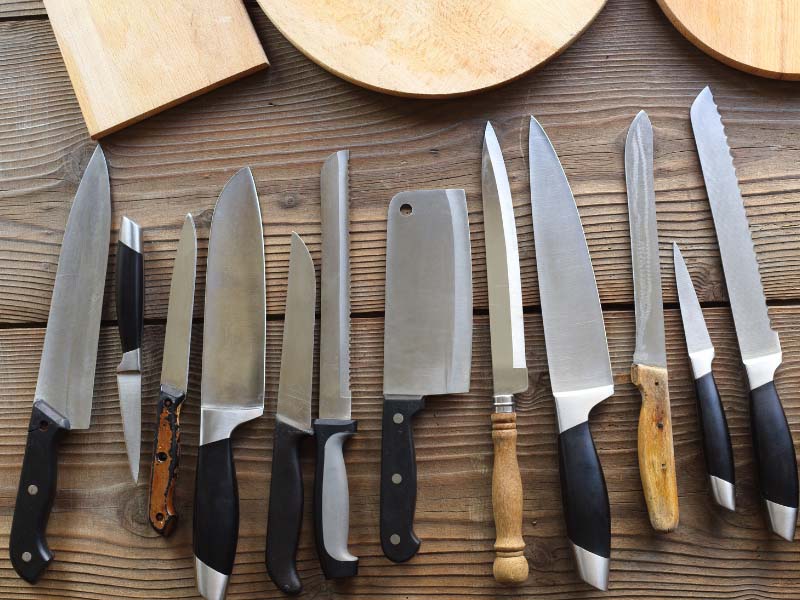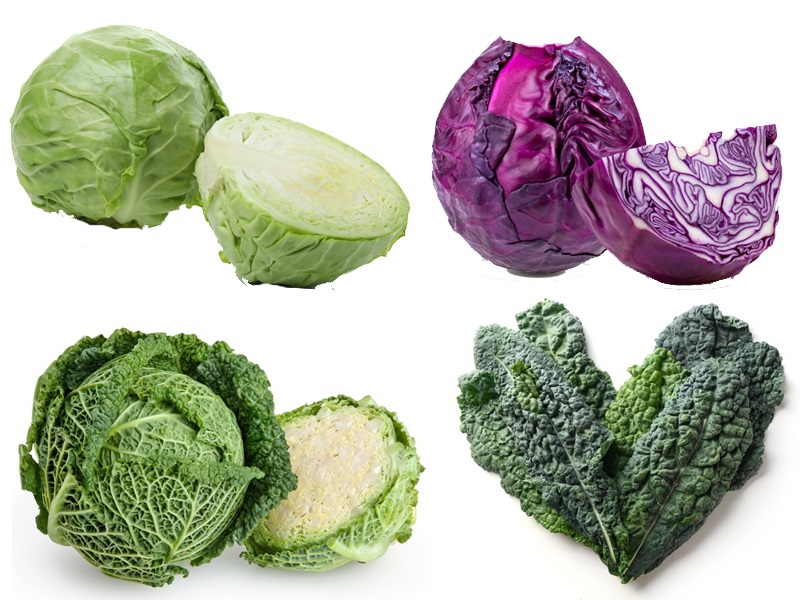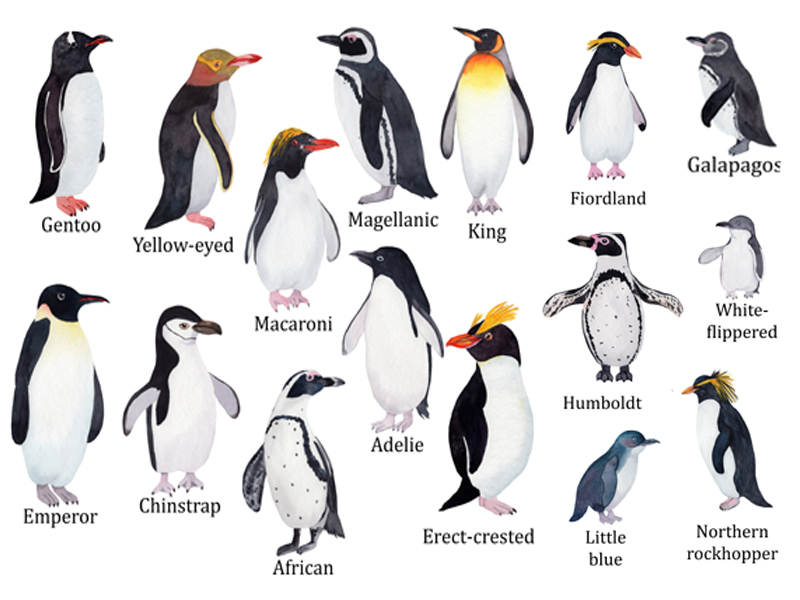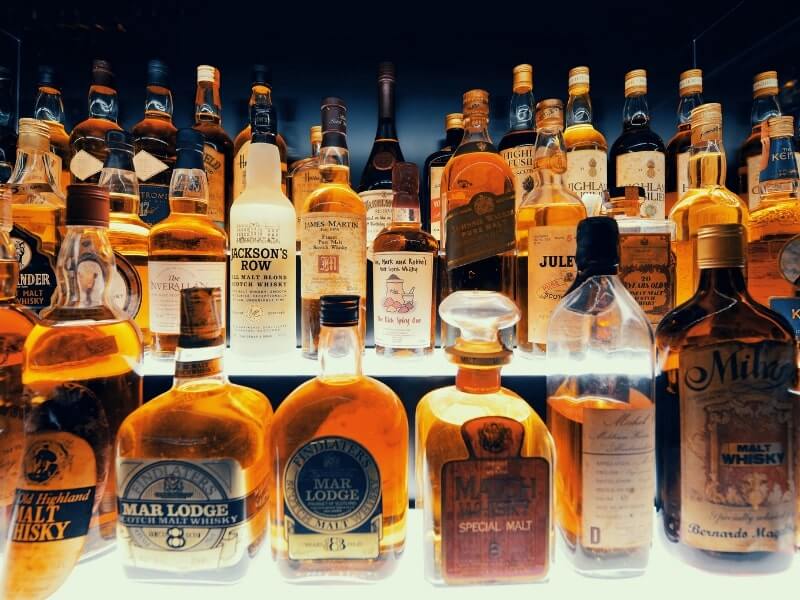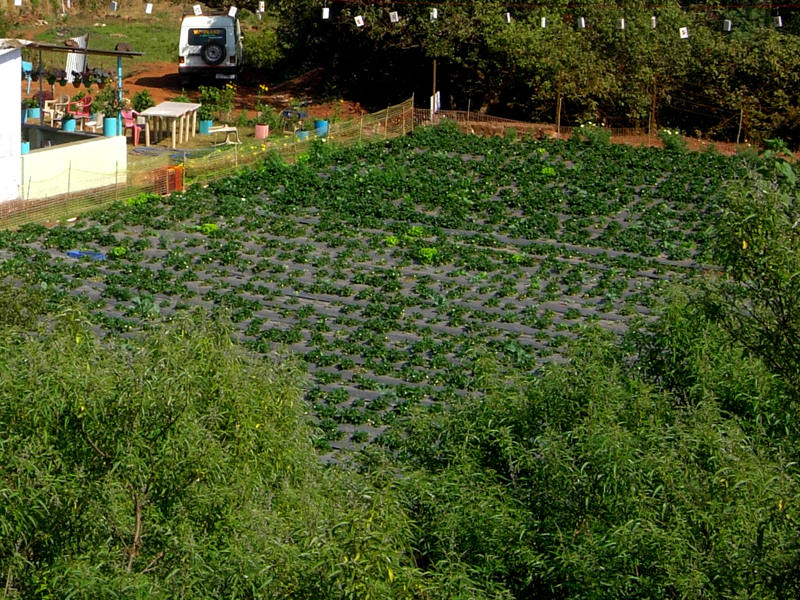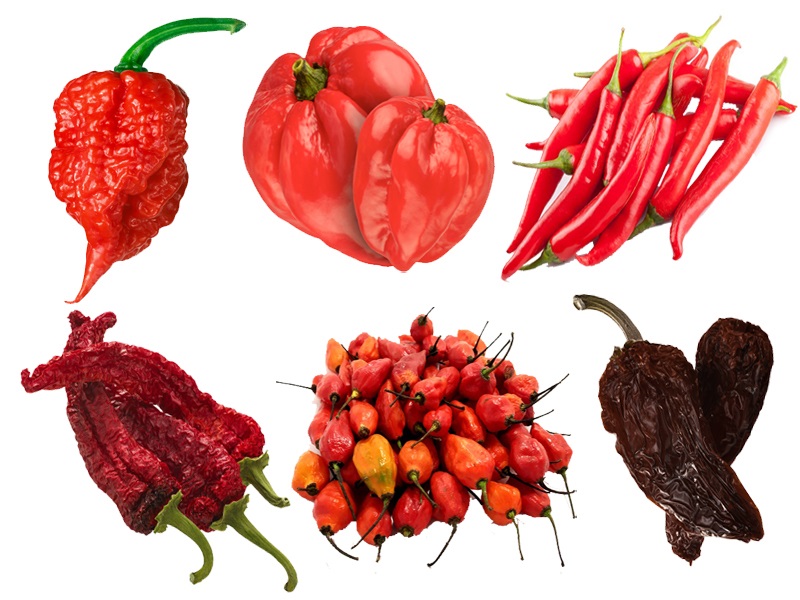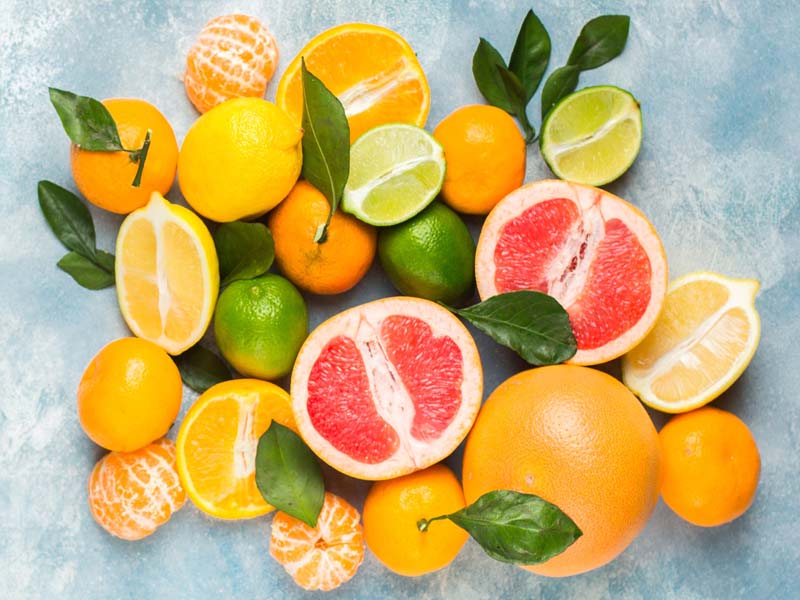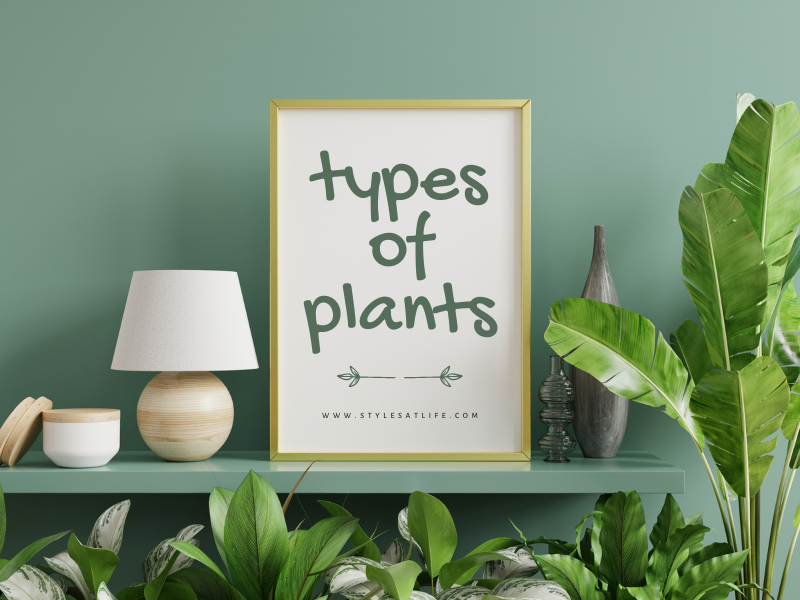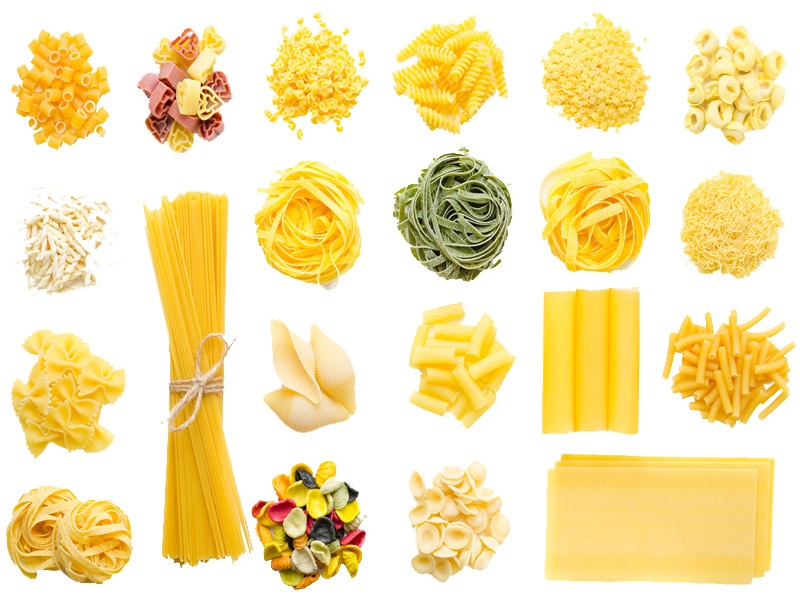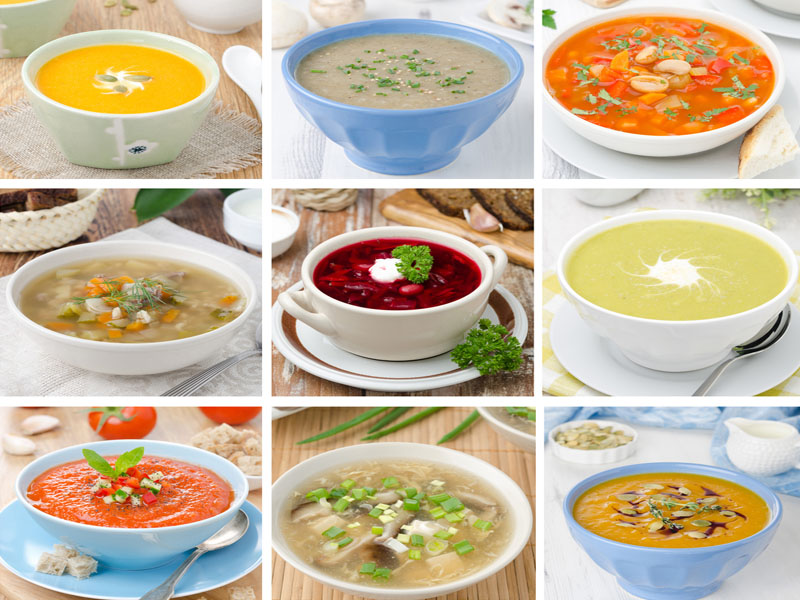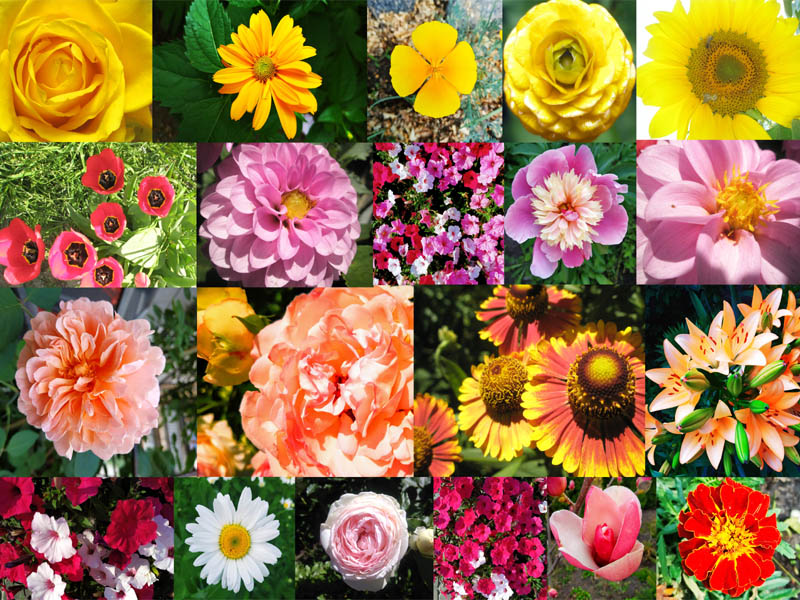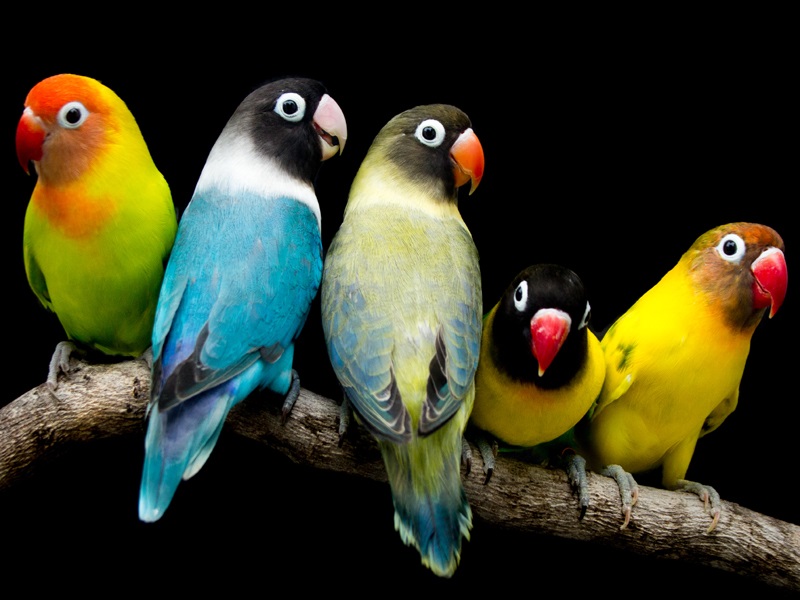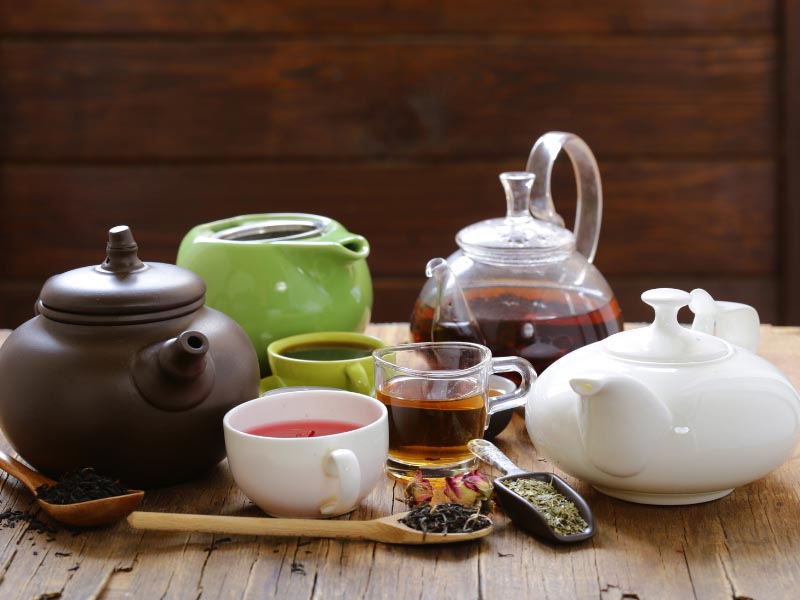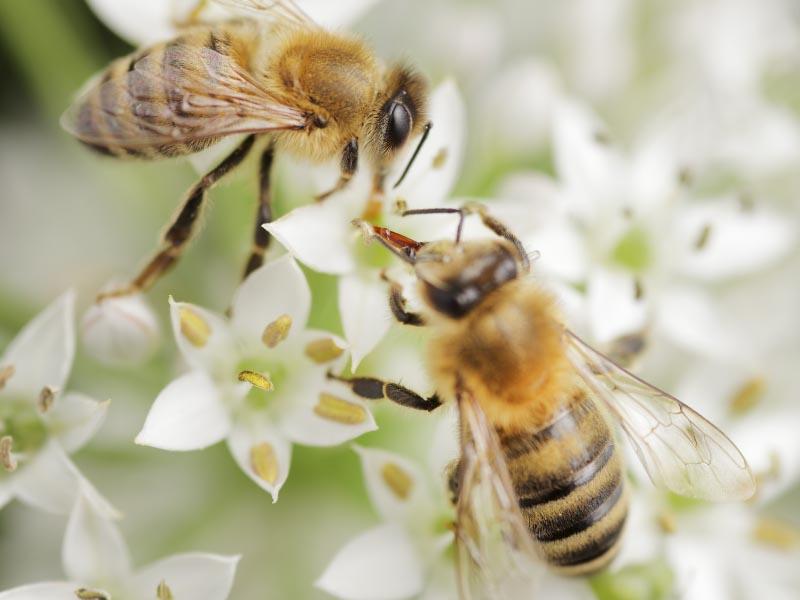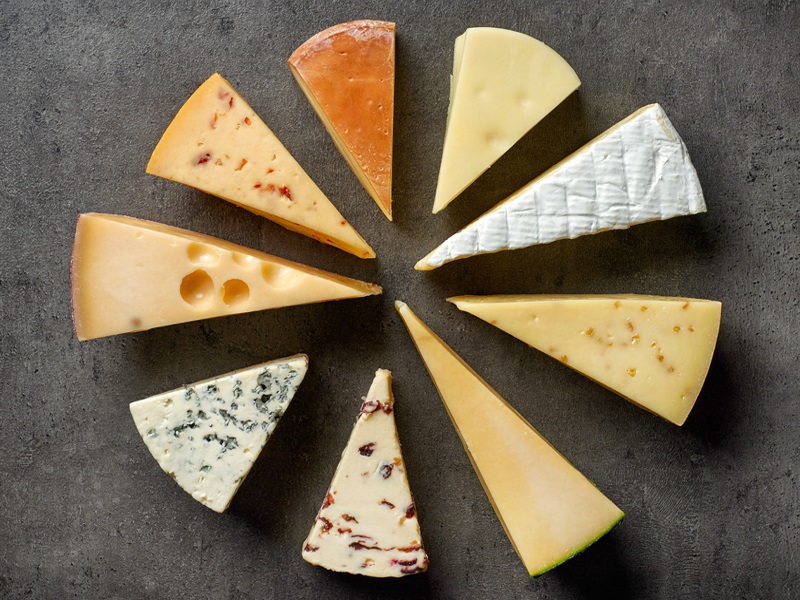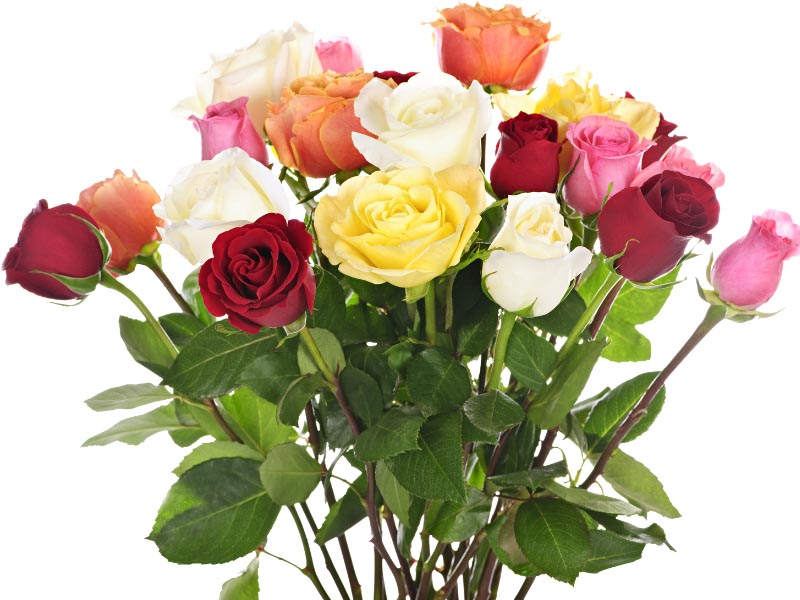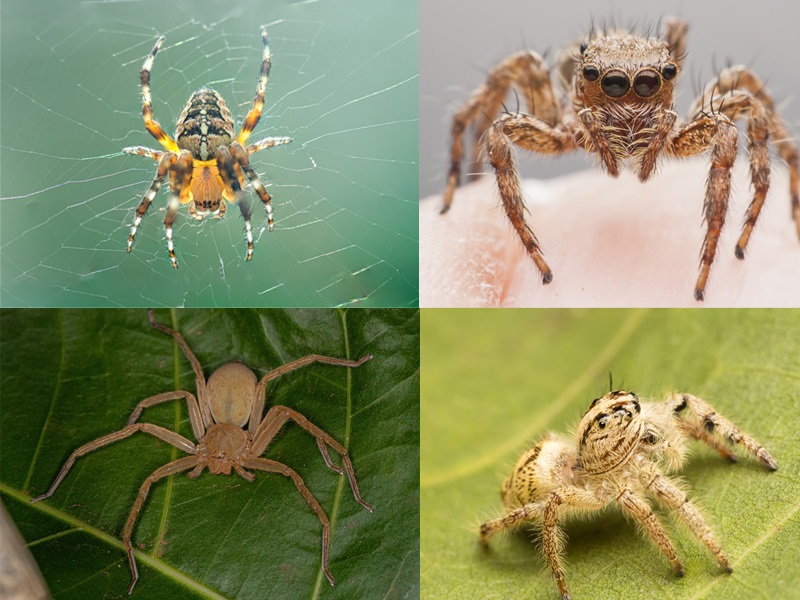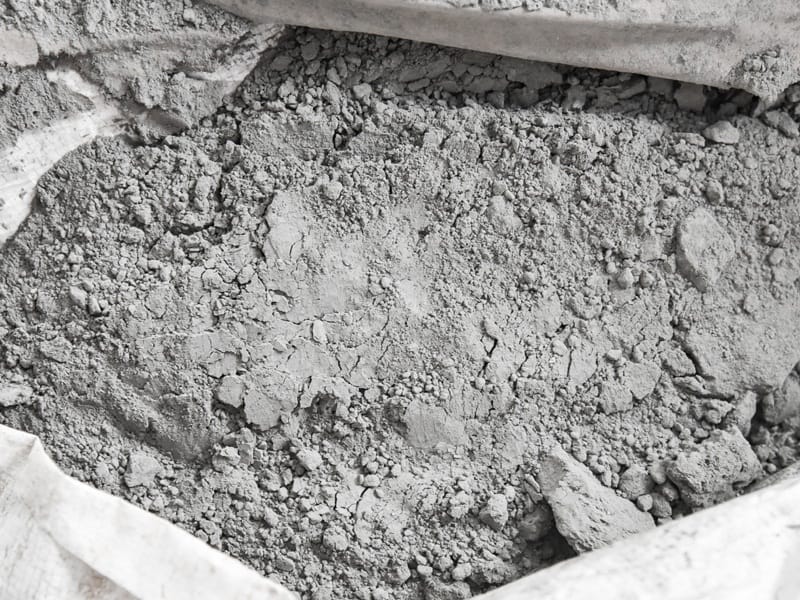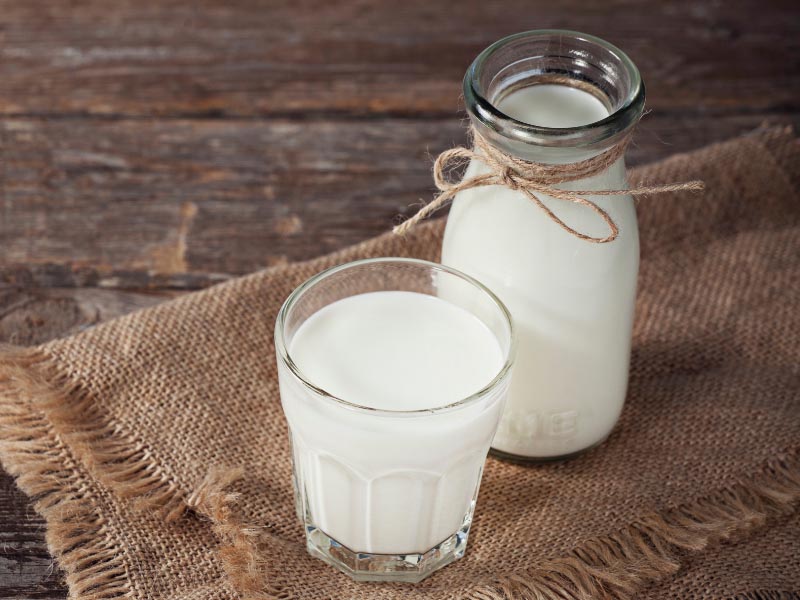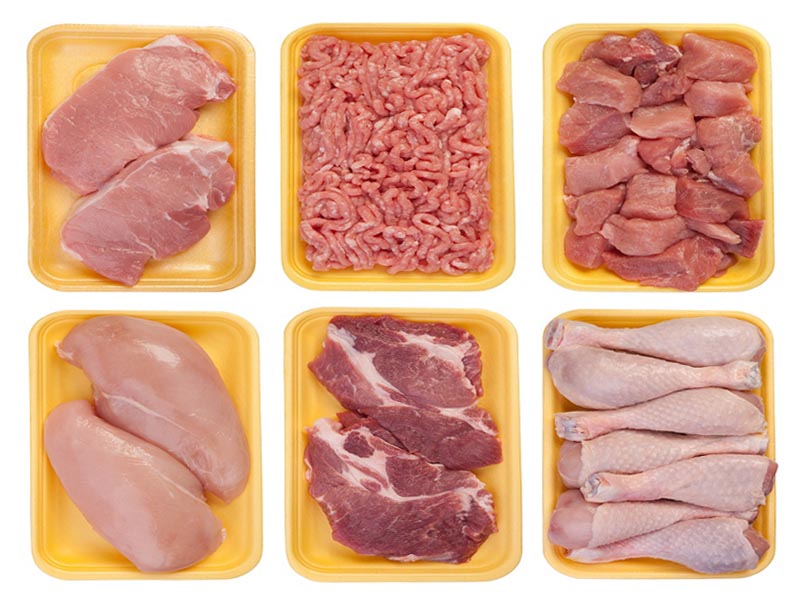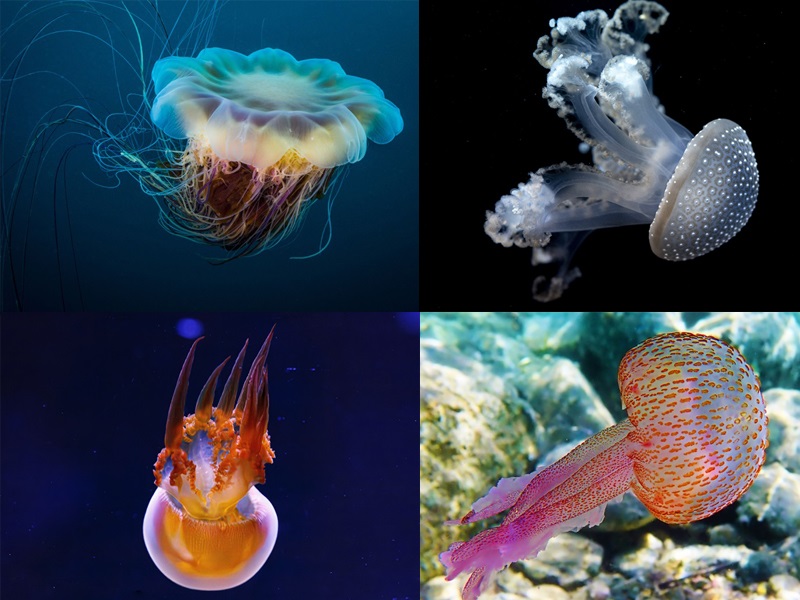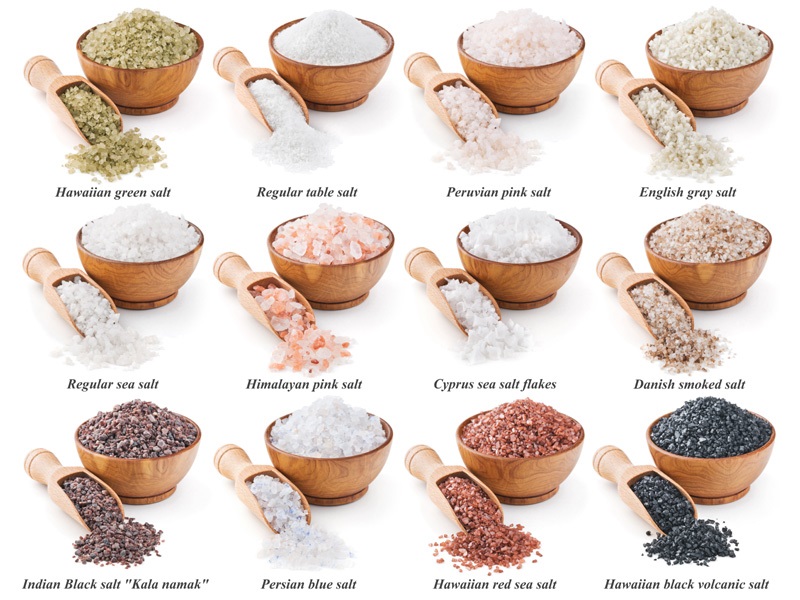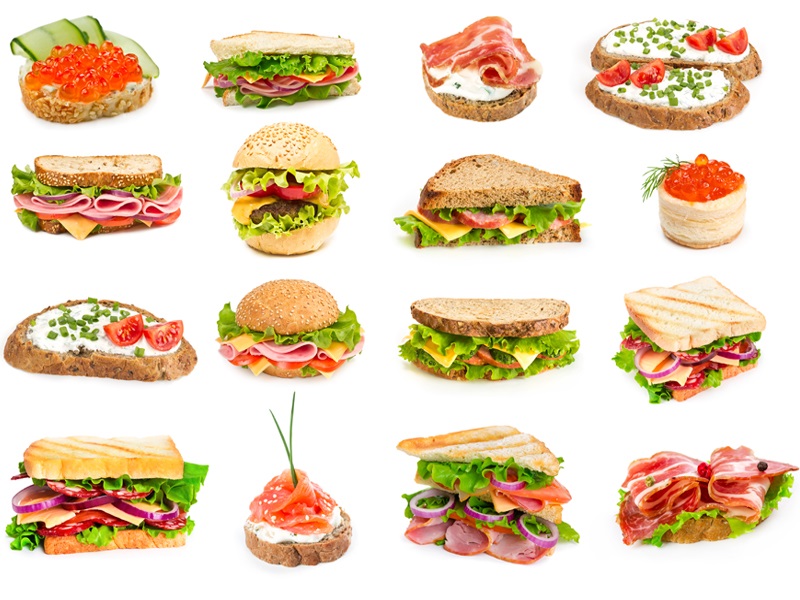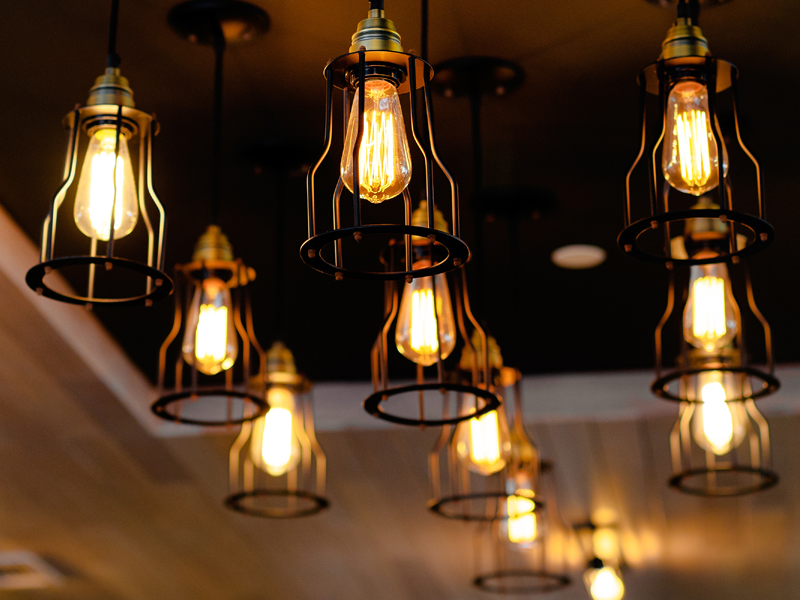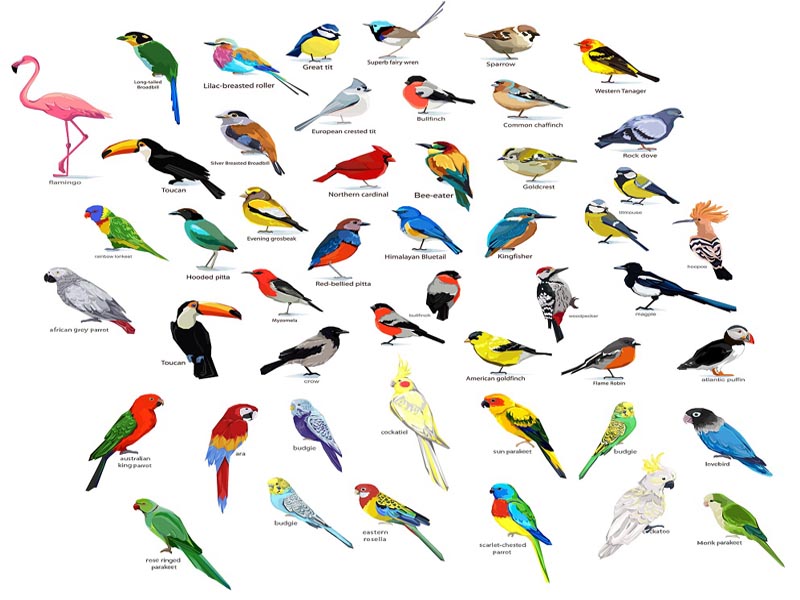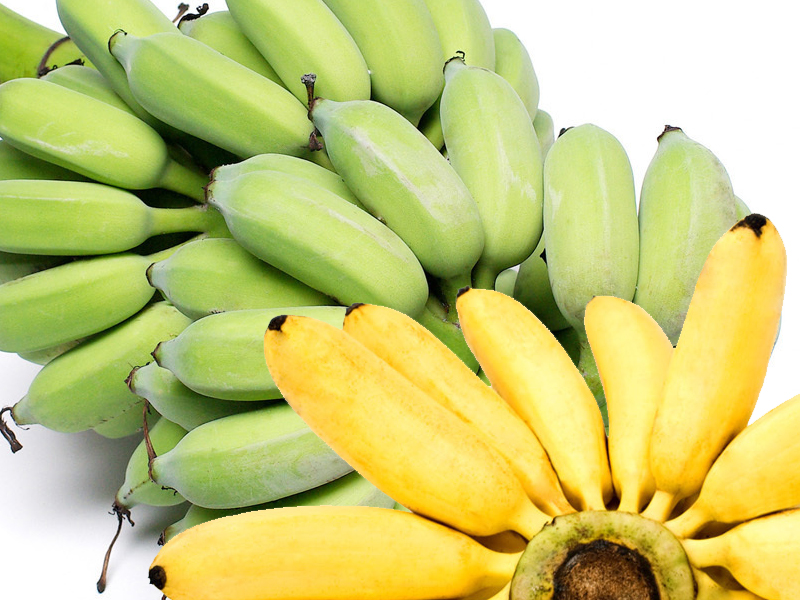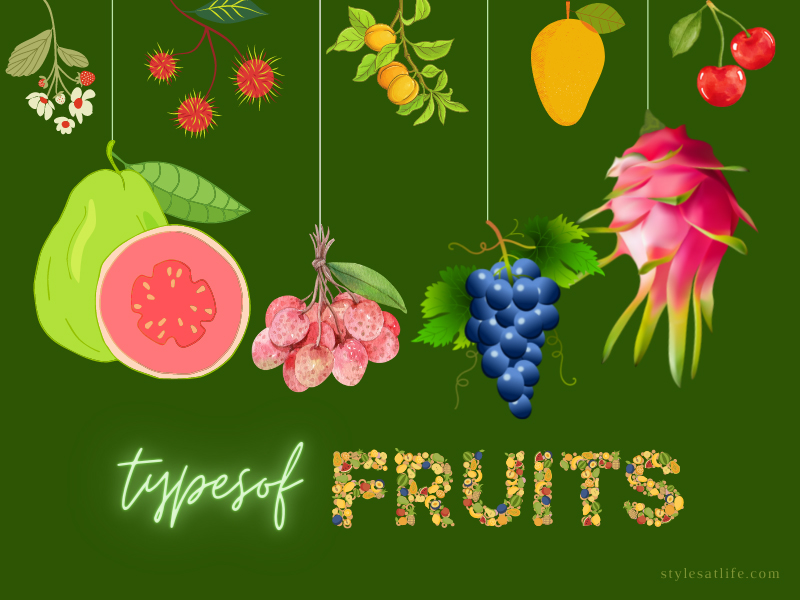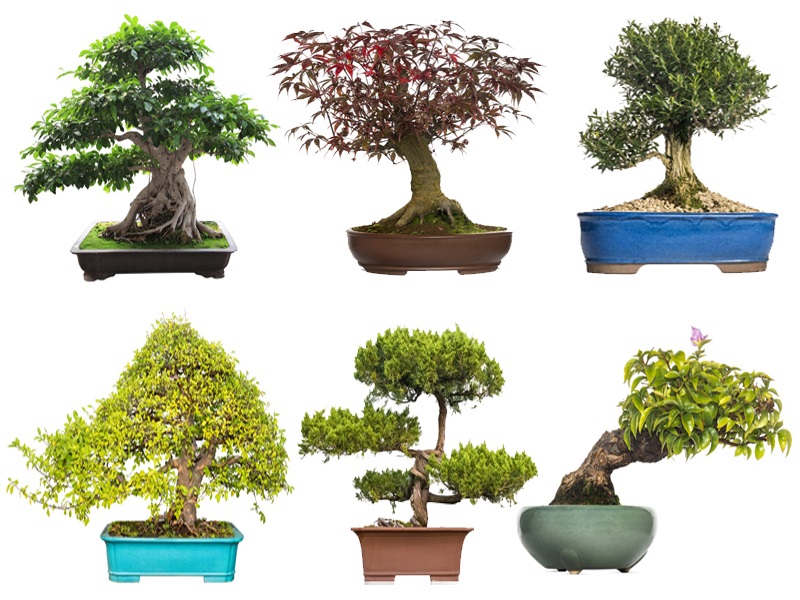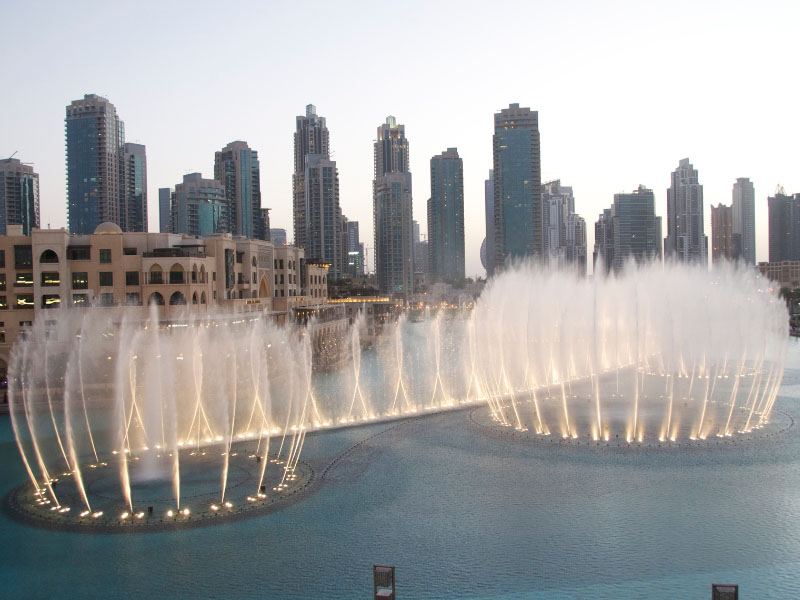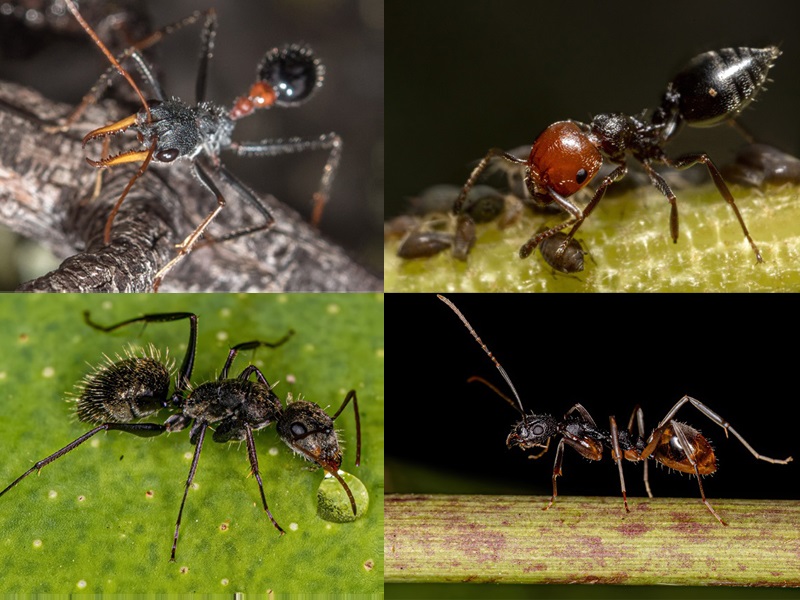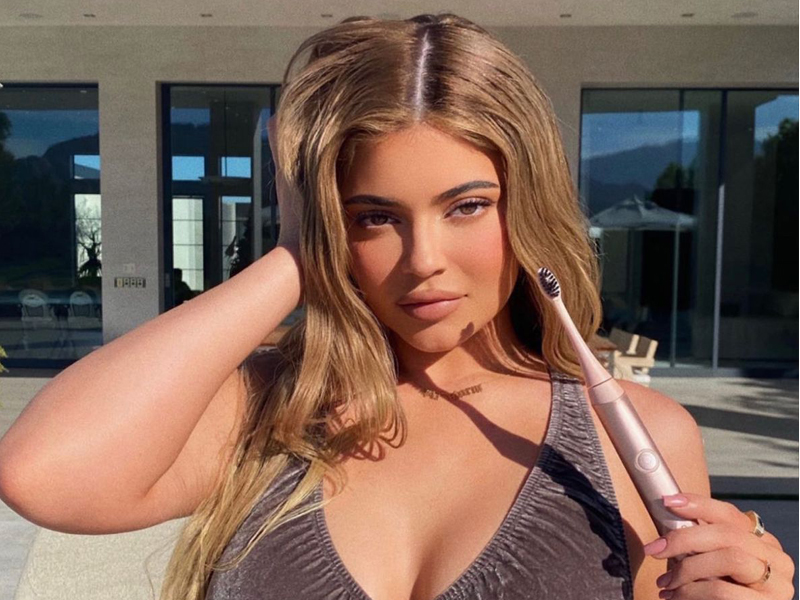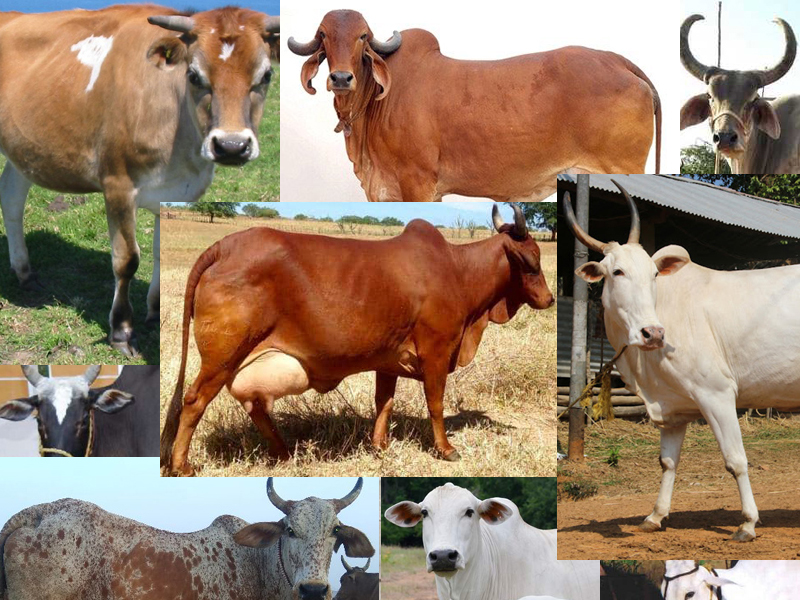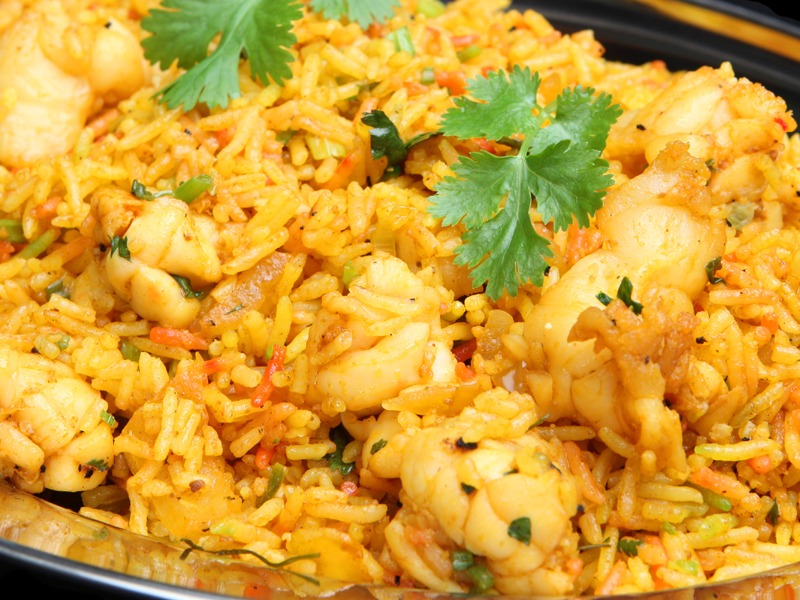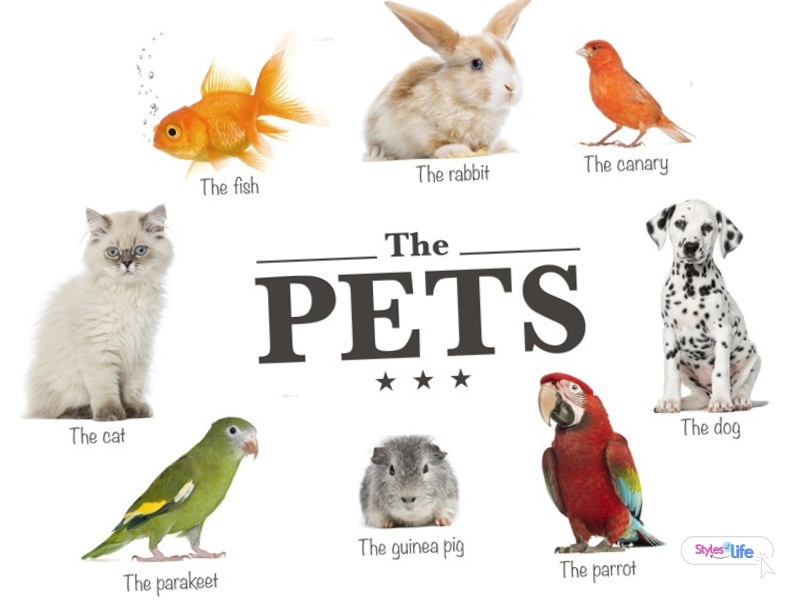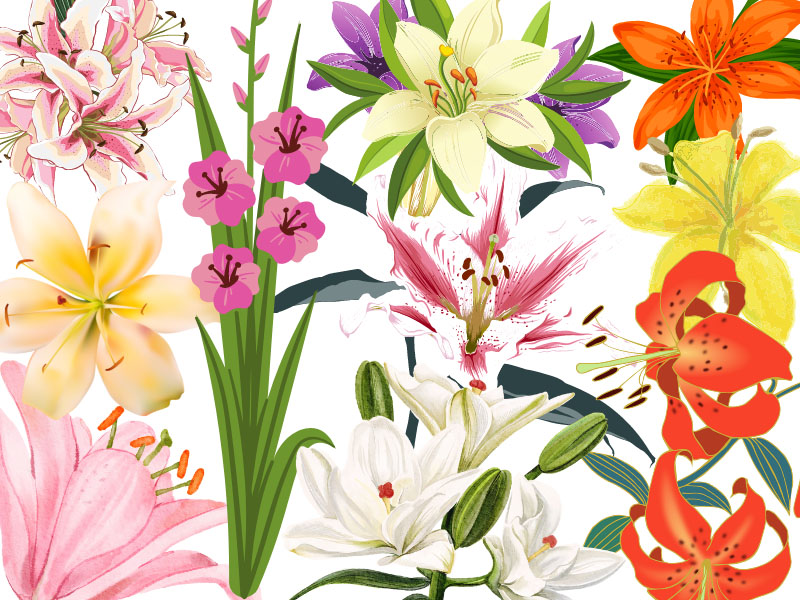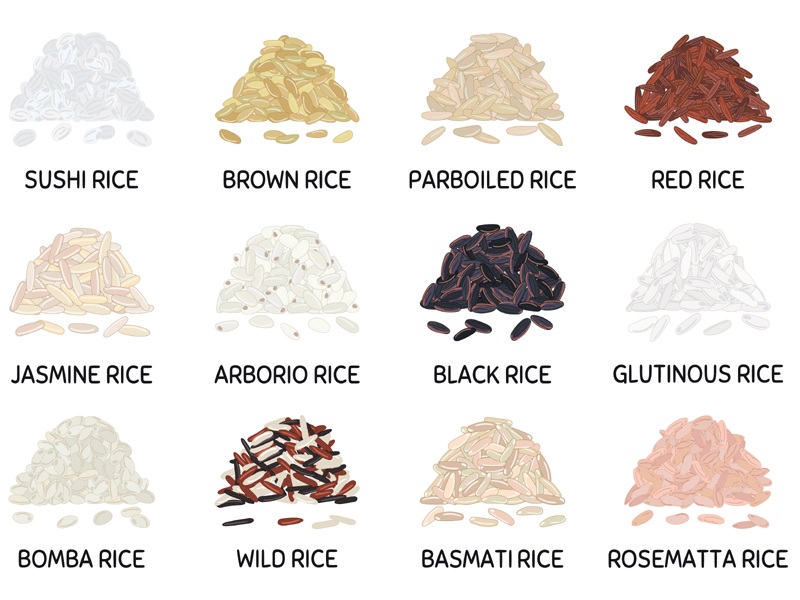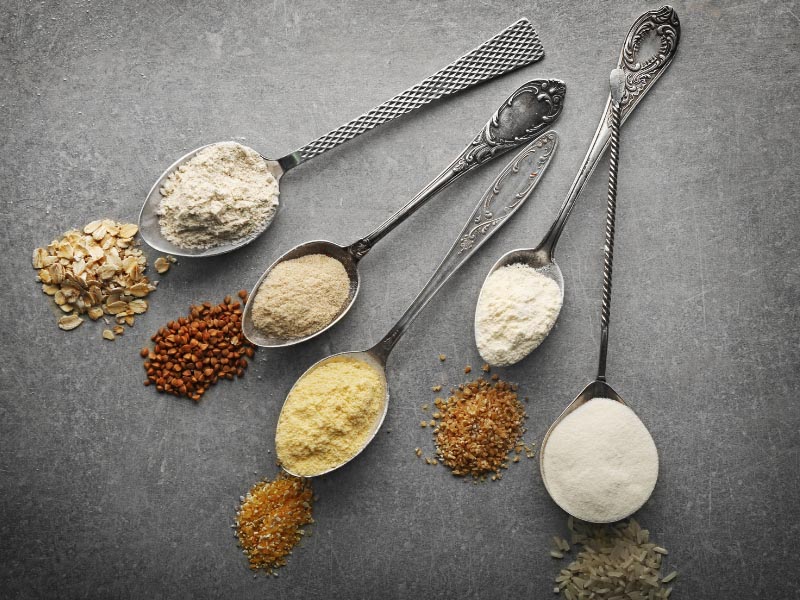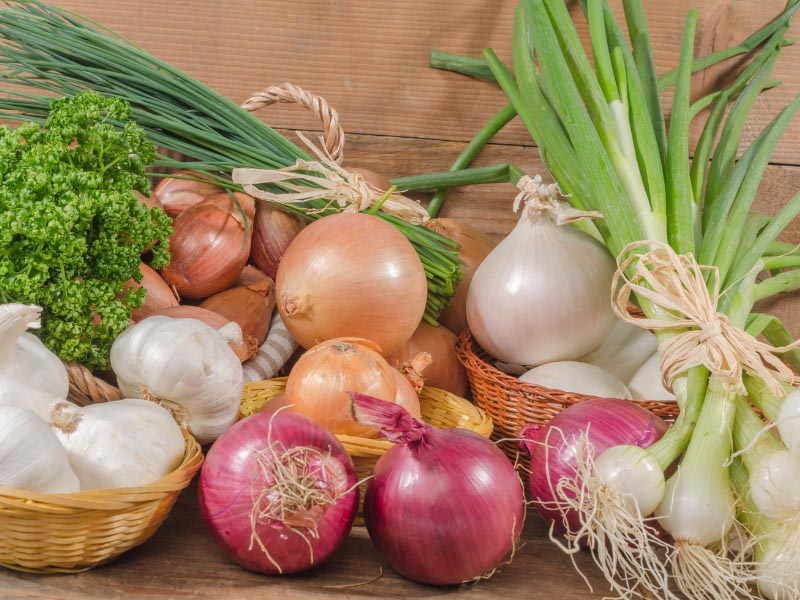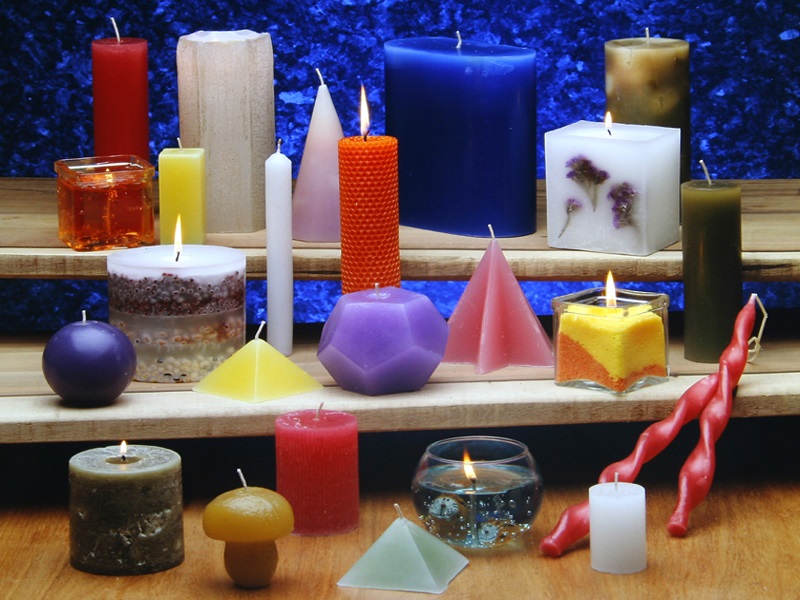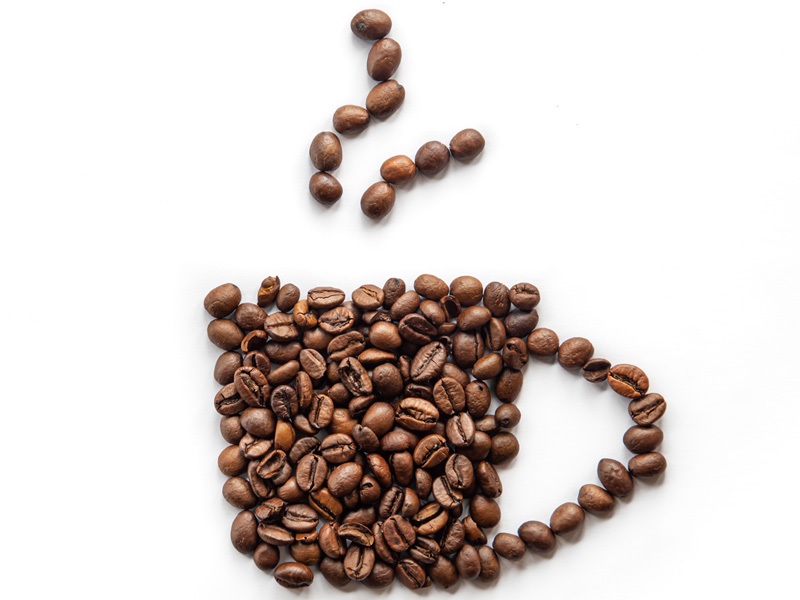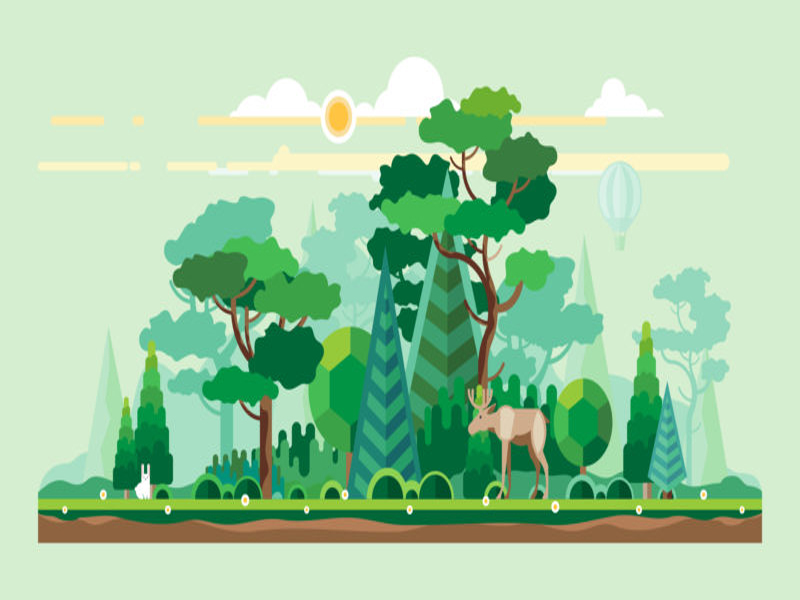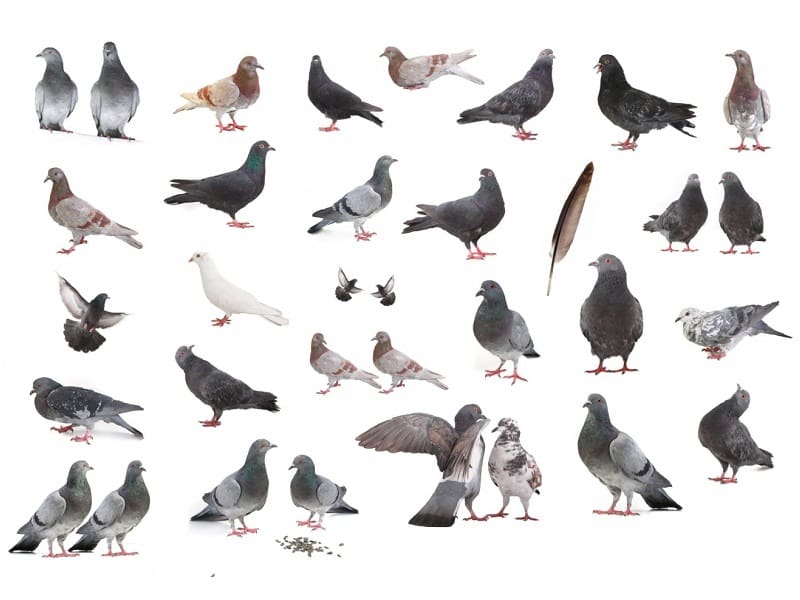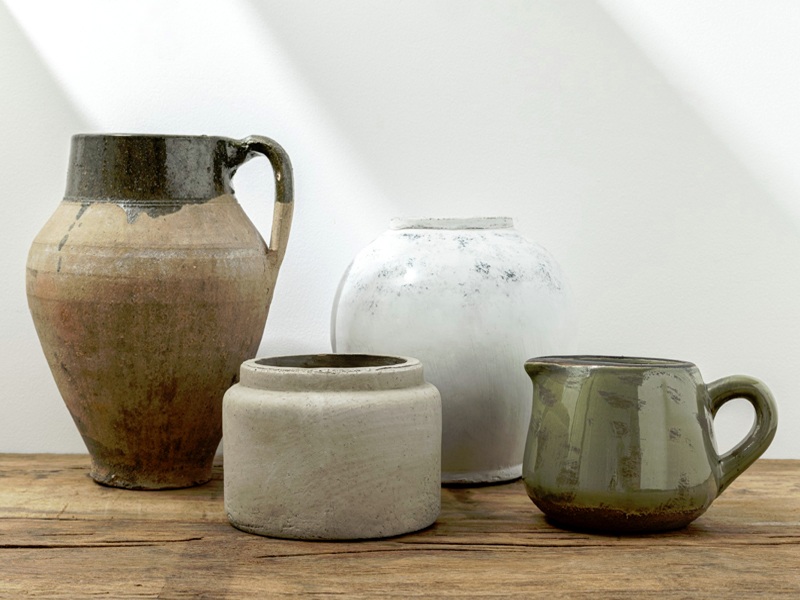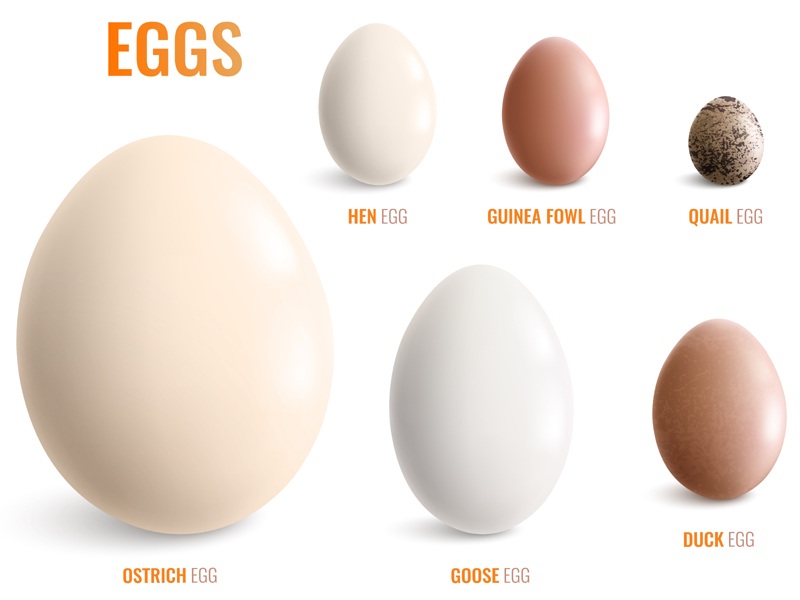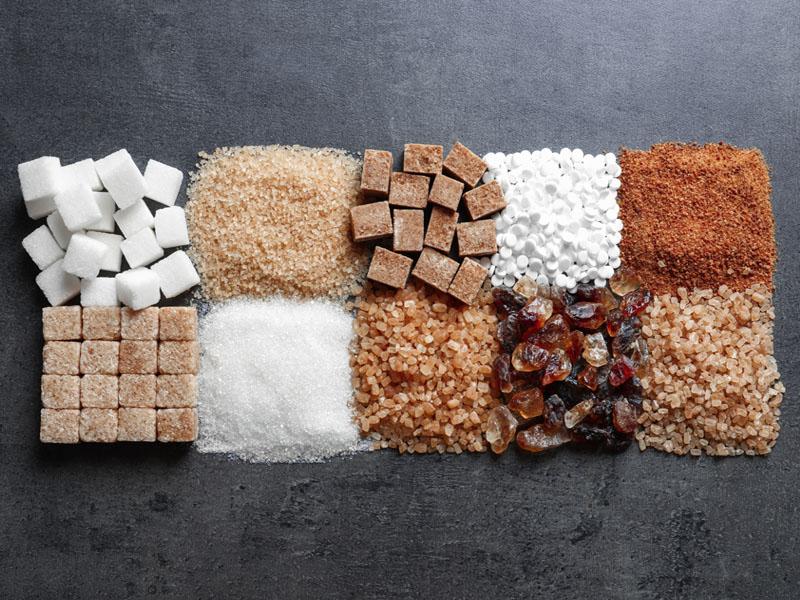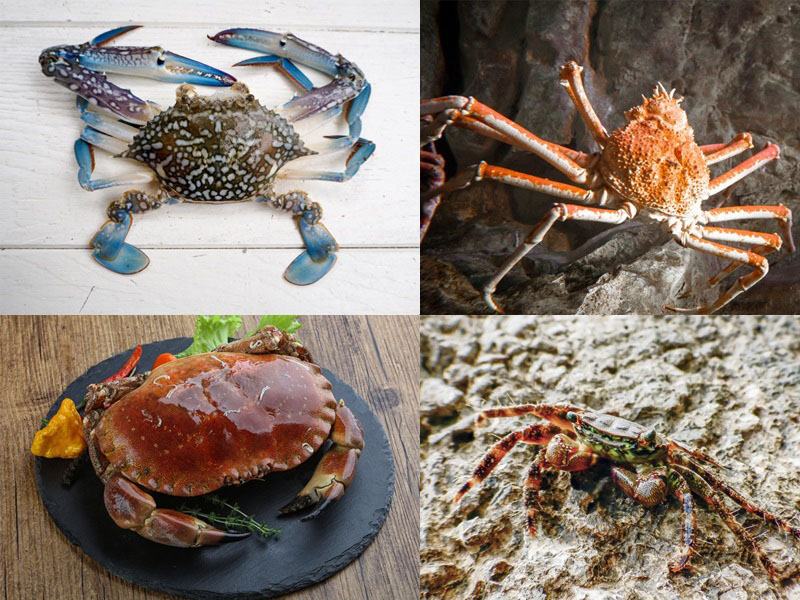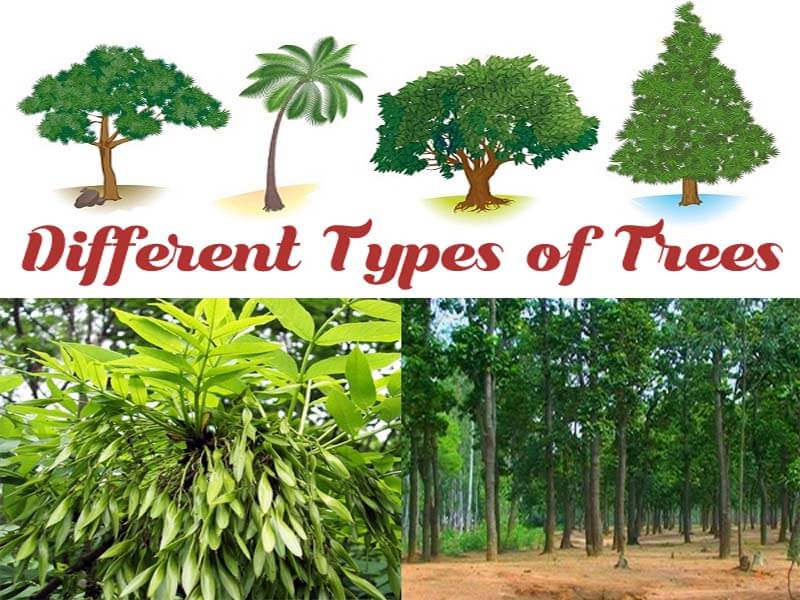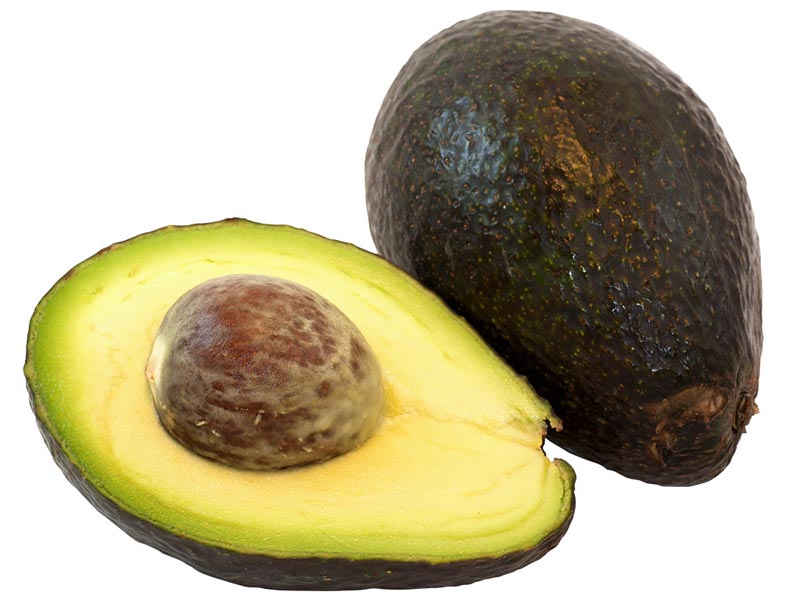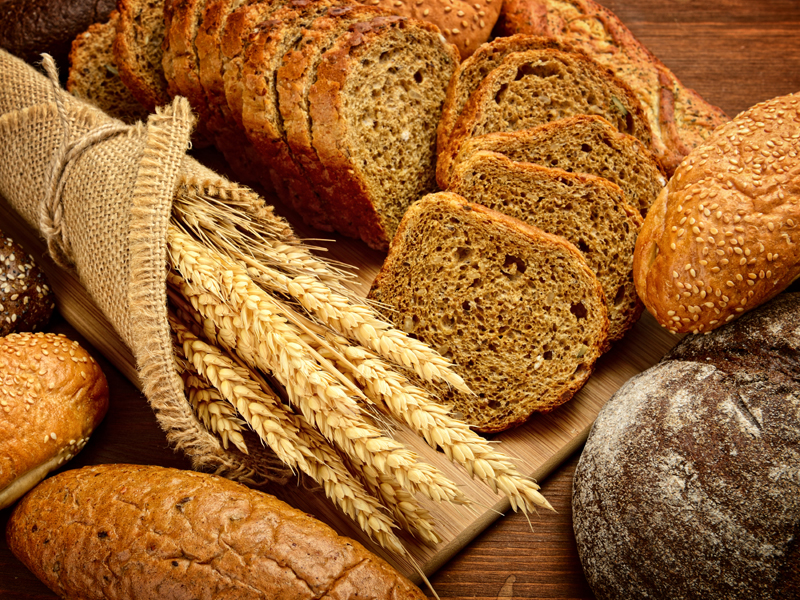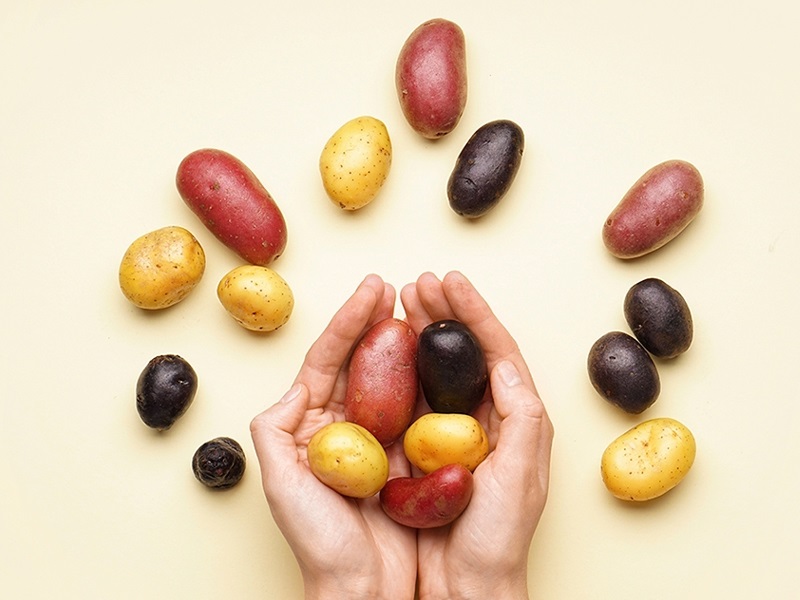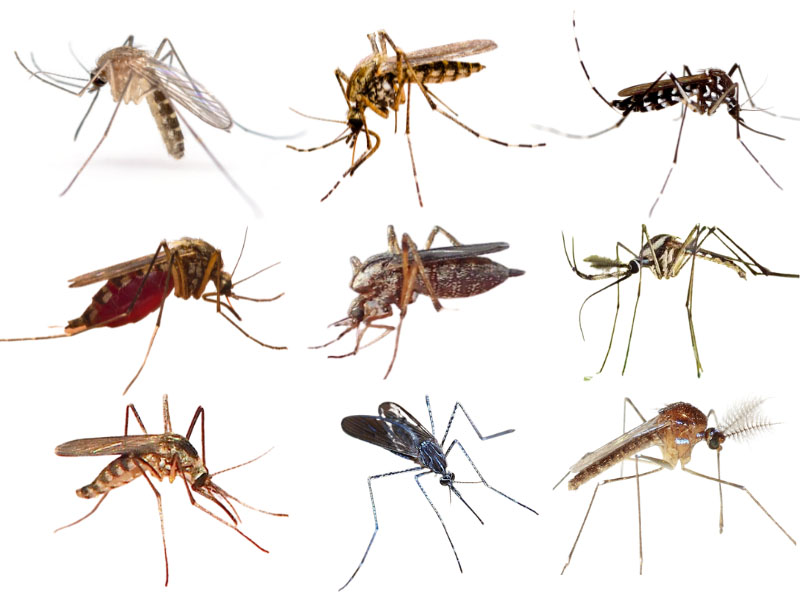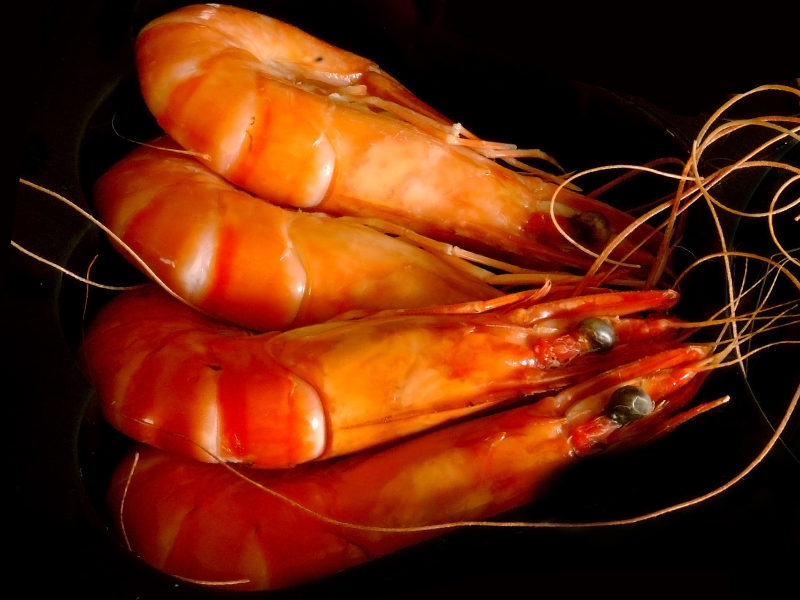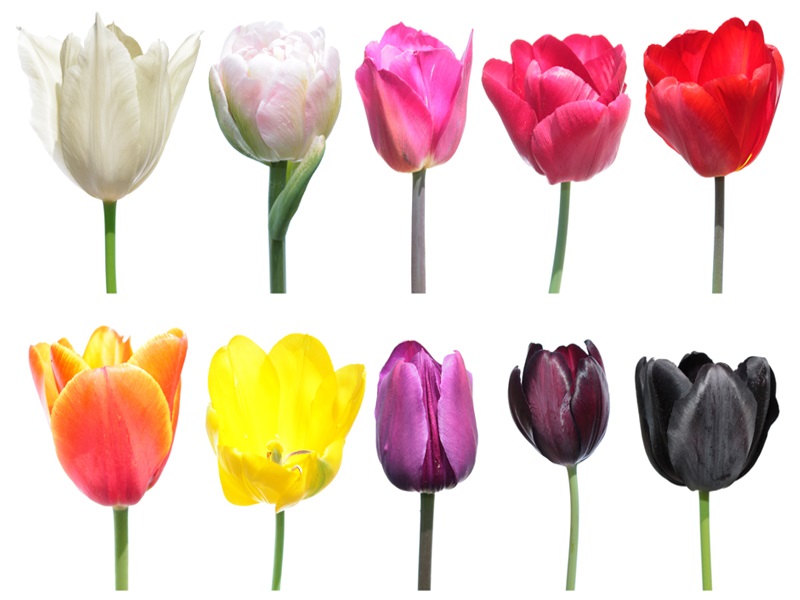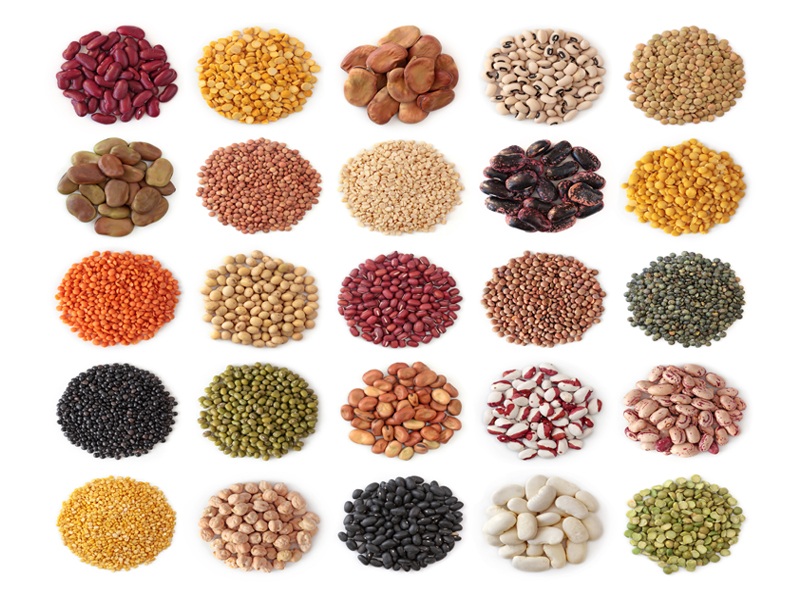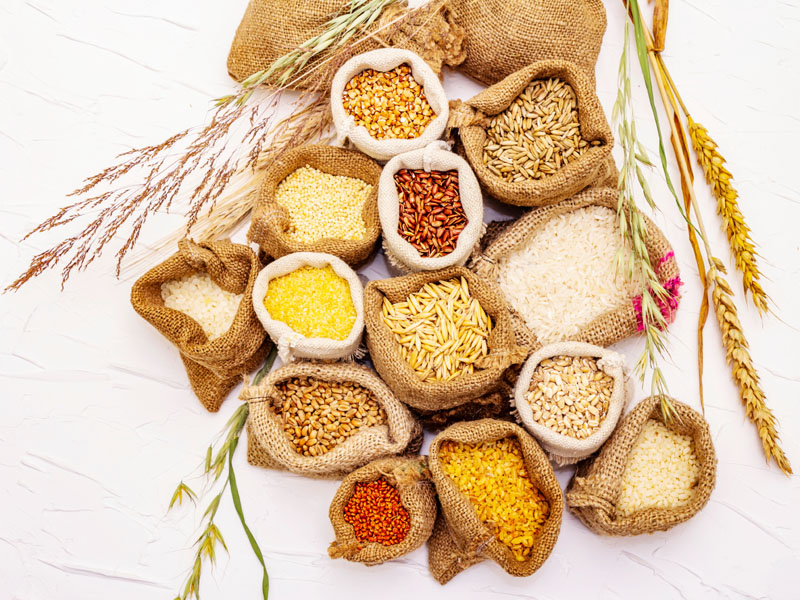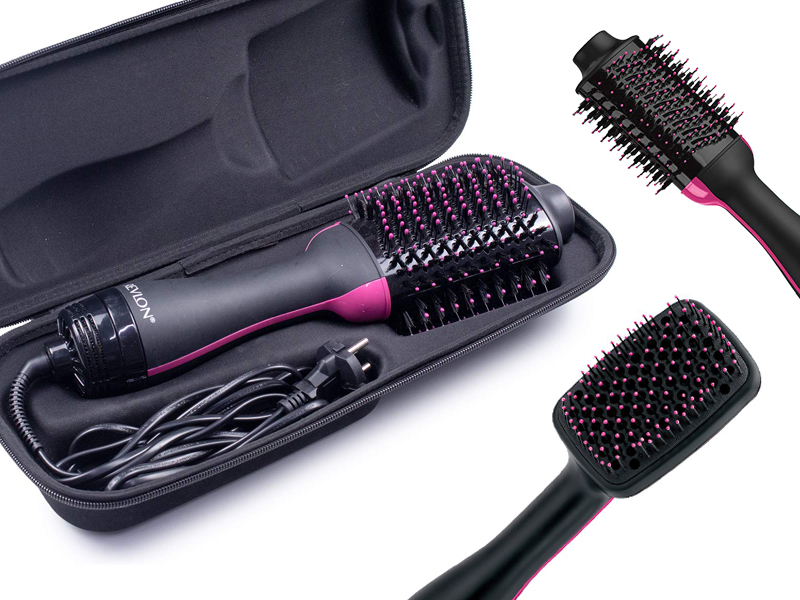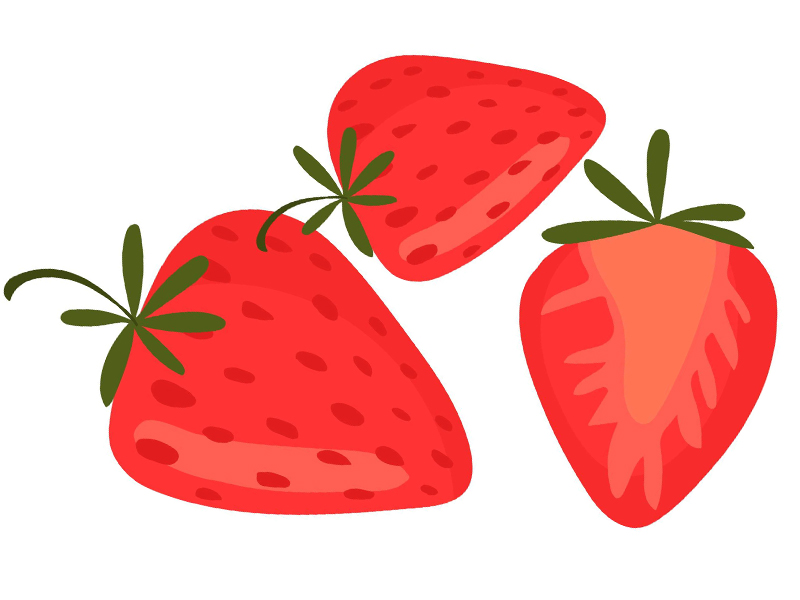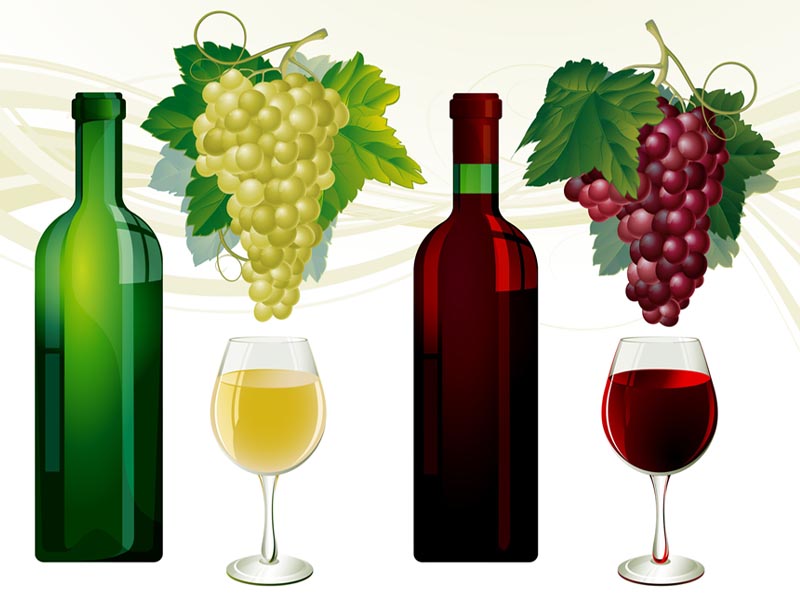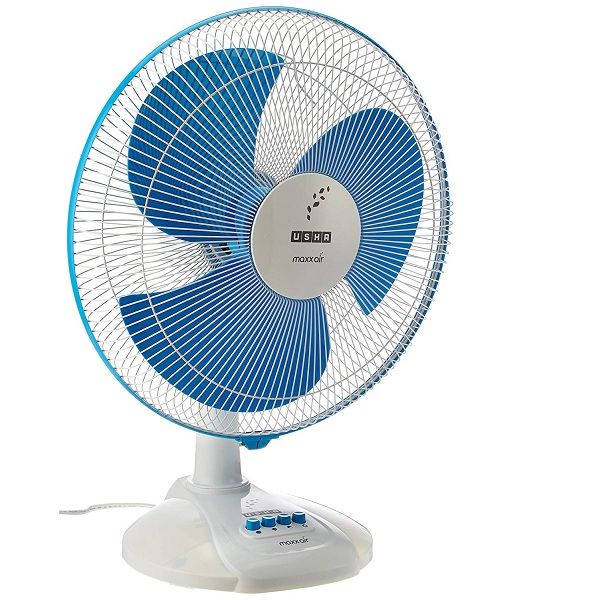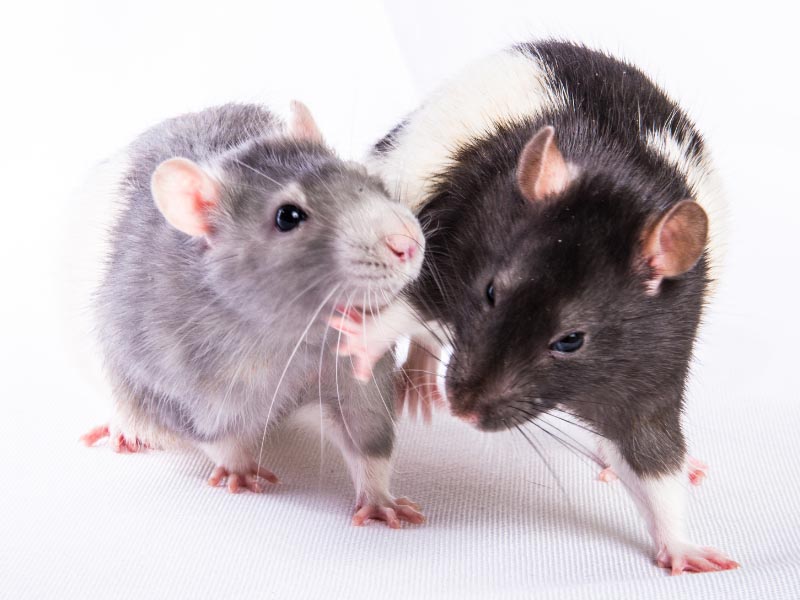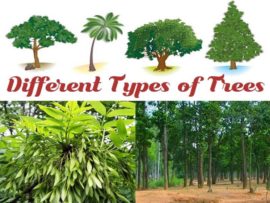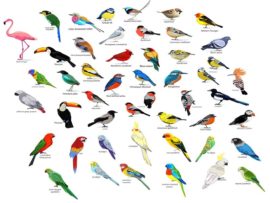From a stir-fried puffball to a truffles pasta, mushrooms range from everyday staple food to a costly delicacy. Not just one variety, there are different types of mushrooms in the world that can uniquely tickle your taste buds, while some varieties can kill you. So, it means you can’t eat just any mushroom you spot in the wild! Edible mushrooms are tasty and rich in nutrition and very low on fat, making them great health-enrichers. Stay on this page to know more interesting facts, differentiate mushroom varieties, and learn the difference between edible and non-edible mushrooms!
What is a Mushroom?
Mushrooms are fungi that have existed since ancient times, even before trees popped up on planet earth! Yes! Mushrooms as tall as an adult giraffe covered the ancient land. They are fungi species and are not considered plants. Hence they are not vegetables! Currently, there are 14000 different mushroom species worldwide. Unfortunately, only a quarter percentage are edible, half are not edible but are not harmful, a few can make you sick, and one per cent of them are so dangerous that consuming them can be fatal.
Further, History reveals that Egyptian Pharaohs loved eating mushrooms and therefore declared them as the food for only the royal families and prohibited the ordinary people from eating mushrooms. On the other hand, the upper-class Greeks and the Romans made mushrooms a part of their unique cuisines. Interestingly, anthropology experts found that the Romans had employed taste testers who had to check whether the mushrooms going into the kitchens were poisonous or not!
Well! For us food lovers, since taste, flavor, and edibility quotient are most important, we will discuss 15 popular types of mushrooms in the world and see what’s good to eat!
See More: Popular Types of Cereals in the World
15 Best Types of Mushrooms with Pictures
Glance through the best types of mushrooms you can enjoy.
1. Morel Mushrooms:
Morels are one of the most sought mushrooms by food lovers and chefs.
Other names: Morchellaangusticeps, Morchella esculenta
Characteristics: Morel Mushrooms grow in different sizes and appear differently, too. Their shape may be somewhere between oblong to bulbous, and their color is between blonde to gray. They look like a honeycomb on the exterior and on the inside. They are white in color and hollow in structure.
Taste: Morels taste like nuts
How to use: Freshly acquired morel mushrooms should be cleaned in cold water to avoid dryness as they soak up water very quickly. These mushrooms can be added to a mushroom sauce or sauteed with some butter to extract their unique taste.
Where do they grow: Morels are wild mushrooms that do not need any cultivation method. They are perishable and grow in short-season spans.
2. Reishi Mushroom:
Reishi mushrooms are deeply valued for their medicinal properties, and they are extensively used in Chinese medicine.
Other names: Ganoderma lucidum
Characteristics: Reishishave a reddish-brown cap that appears in a kidney shape, making it look like a fan. Fresh Reishi mushrooms are soft and flat in appearance.
Taste: Reishis taste slightly bitter!
How to use: Although some people prefer eating freshly cooked Reishis, these mushrooms are often powdered and used in tea and as tablets for treating some medical conditions.
Where do they grow: Reishi mushrooms are found in hot and humid regions across the Asian continent.
3. Shiitake:
Native to Eastern Asia, Shiitake are one of the most used types of mushrooms for cooking.
Around 83% of shiitake are grown in Japan, although the United States, Canada, Singapore, and China produce them.
Other names: Lentinula edodes
Characteristics: The Shiitakes are dark brown in colour with 2 to 4-inch tall caps.
Taste: Shiitakes usually have the Umami flavor, often described as the fifth taste besides the sweet, sour, bitter, and salty flavors. They taste somewhat like meat.
How to use: Shiitakes are used pretty much like any other vegetable. You can eat them freshly cooked or in dried form. Some dietary supplements also are made with Shiitakes as hero ingredients.
Where do they grow: These mushrooms grow naturally on hardwood trees, especially decaying ones!
4. White Button Mushroom:
People would have fallen in love with mushrooms first when they had eaten the white button variety as they are the most sought and readily available edible type of mushrooms.
Other names: Agaricusbisporus
Characteristics: The white button mushrooms are small to medium in size with 2-7 cm tall caps. They have short, truncated stems, and the caps are firm yet spongy!
Taste: The white button mushrooms have a subtle or bland taste.
How to use: The white buttons can be stir-fried, cooked with vegetables, used as toppings on pizzas, or grilled! Any which way, these taste yummilicious!
Where do they grow: These mushrooms are grown across the world, round the year!
5. Cremini:
Creminis belong to the AgaricusBisporus family, just like the white button mushrooms, and are one of the best types of mushrooms people love to eat.
Other names: Agaricusbisporus
Characteristics: Like the white button mushrooms, the Cremini mushrooms are also small to medium in size, with a cap extending downwards as a short stem. Under the cap, the mushroom has small brown-colored gills. But this is usually not visible as the mushrooms are harvested well before the caps are fully opened.
Taste: Creminis are mild and earthy in taste
How to use: Creminiscan be stir-fried or added to any vegetable fry. The white stem in Creminis, which has a thick and rubbery texture, is also edible.
Where do they grow: Creminis are cultivated in different parts of the world. Except for Antarctica, this mushroom variety is available on all six other continents, Asia, Africa, Australia, Europe, and North & South America.
6. Oyster Mushroom:
The most common of all mushroom types is the Oyster mushroom. There are about 40 varieties of Oyster mushrooms, and all of them are edible. This mushroom type is famous as the American oyster mushroom.
Other names: Pleurotusostreatus, P. ostreatus
Characteristics: Oyster mushrooms have three striking parts – the fleshy shell or the cap in the shape of a spatula, a short to long stalk referred to as stipe, and gills underneath named lamellae. The spores are downward the stalk.
Taste: Oyster mushrooms have a subtle taste, while some people say the flavor of these is similar to seafood.
How to use: All types are edible and are commonly enjoyed in dishes like pasta and stir-fries—another popular edible, also known for its cholesterol reducing effects.
Where do they grow: These grow anywhere and everywhere, usually in warm climatic conditions. These are available around the year. The Oyster mushrooms can be cultivated in your backyard as well!
7. Maitake:
Maitake Mushroom was first discovered and used in Asian traditional medicine. This mushroom has shown exceptional anti-tumour properties. It contains chemicals that work best in fighting tumors, increasing immunity, and controlling blood sugar levels. These mushrooms have given relief to those who have diabetes, ovarian cysts, and other tumors.
Other names: Grifolafrondose, Hen of the woods
Characteristics: Maitake is a brain-shaped mushroom. This variety of mushrooms is often found in clusters with brown caps that are flat in structure. The bunch of mushrooms look like the ruffled feathers of a hen! As they grow in size, the Maitakes change their color into dark brown or gray.
Taste: The Maitakes have an earthy, peppery flavor!
How to use: Apart from being used for medicinal purposes, the Maitake mushrooms are commonly used as side dishes, stir-fried or added to soups, omelets, salads, and pasta/pizzas. The Maitakes taste yummy when fried in butter or just grilled too!
Where they grow: The Maitakes usually grow on the stumps and roots of trees and are commonly found in Asian, European, and North American forests.
8. Turkey Tail:
Turkey tail mushrooms are among the most impressive medicinal mushroom types. They have been used for centuries in traditional Chinese medicines to fight infections, increase stamina and immunity, and strengthen the lungs, spleen, and stomach due to the presence of potent polysaccharides. In addition, they symbolize health, spiritual attunement, and longevity in many Asian cultures.
Other names: Trametes versicolor,Polyporus versicolor and Coriolus versicolor.
Characteristics: Turkey tail mushrooms have swirling variegated colors of gray, brown, white, and tan, which resemble the tails of wild turkeys. They are called ‘kawaritake’ or ‘cloud mushroom’ in Japan due to the distinctive stripes present and are striking to look at and remind us of the swirling clouds.
Taste: The turkey tails taste slightly bitter and sweet and not very mushroomy.
How to use: They are extensively used for medicinal purposes as pills and powder, but the fresh ones are brewed into a tea and consumed.
Where they grow: The turkey tails generally grow on fallen trees or tree stumps and can live for several years by feeding on decaying wood. However, they are sometimes also found on living trees.
9. Giant Puffball:
Giant puffballs are generally very large and smooth and are shaped like an oval blob. They are easy to spot as they resemble a football from a distance. These large mushrooms lack gills and have a completely white interior. Upon maturity, they develop trillions of spores that are used as a coagulant for staunching wounds and burns.
Other names: Calvatia gigantea
Characteristics: Giant puffballs are creamy-white to white in color and grow and puff up into round or pear-shaped balls. Their size varies from that of a golf ball to a large watermelon. The distinguishing feature is that they grow without steam or gills and are pure white on the inside.
Taste: Giantpuffballshave a mild nutty and earthy flavor and taste better when fresh.
How to use: Being edible giant puffballs are versatile in the kitchen. They are harvested when young and immediately consumed as they don’t keep well for long. It tastes luscious when sautéed alone or with other vegetables or made into fritters with batter. They are also used as a replacement for eggplant and tofu.
Where do they grow: Giant puffballs aren’t parasitic and have trillions of spores upon maturity, which fly through the wind and grow anywhere they land. So they can grow in deep woods, fields, gardens, and along roadsides.
See More: Can We Eat Mushrooms During Pregnancy
10. Chicken of the Woods:
Chicken of the woods is parasitic and saprobic, edible mushrooms that grow in large clusters on living and dead trees. Also known as chicken mushroom, it is a popular variety of mushrooms for its meaty texture and flavor. Known as a natural antibiotic and immunity booster, they are traditionally dried and powdered, added to flour, or used as snuff.
Other names: Laetiporussulphureus
Characteristics: Often fan-shaped or semicircular, Chicken of the woods has a smooth to finely wrinkled texture. Bright yellow to bright reddish, orange-colored young ones fade to pale yellow to ivory upon maturity. Though they are watery to touch when young, they eventually become firm and crumbly.
Taste: Younger specimens are known to taste like, you guessed it, Chicken. When cooked, they have a mild, lemony flavor and have a juicy, succulent texture.
How to use: Chicken of the woods is best suited for culinary purposes. They are the most popular substitutes in recipes that call for Chicken and other nonvegetarian varieties.
Where do they grow: Chicken of the woods grow in large groups on the stumps and trunks of Oak, Willow, Cherry, Sweet Chestnut, and Yew, and on the wood of other hardwoods living or dead.
11. Enokitake:
Enokitake, also known as Lilly mushrooms, Nim Kim Châm in Vietnamese, Jingu in Chinese, and PaengiBeoseot in Korean, is found in the wild and cultivated. They are being cultivated for hundreds of years and are commonly used in culinary applications, often in soups and noodle bowls.
Other names: Flammulinavelutipes
Characteristics: CultivatedEnokitake looks like long strings, almost noodles like and have tiny, convex caps. They are thin and tightly packed in clusters and can grow up to twelve centimeters. Wild ones are different in appearance as they have shorter stems and larger caps, and their color ranges from slight orange to brown. These are rubbery and slightly sticky to touch.
Taste: Enokitakesare mild and have a slight fruity flavor. They are well known for their crispy and crunchy texture.
How to use: Commonly used in Japanese and Chinese cuisines, Enokitakes are usually added as textural enhancers to ramen bowls, soba noodles, hot pot soups, stir-fries, and stews.
Where do they grow: In the wild, enokitake grows in clusters on rotting wood, especially on the stumps of Chinese hackberry trees and mulberry, persimmon, and ash trees. Commercial varieties are cultivated in a dark carbon dioxide-rich environment to encourage the stems to stretch to become noodle-like, trying to reach the light.
12. Shaggy Mane:
Shaggy mane mushrooms are very common, widespread, wild mushrooms. They belong to the “Coprinus” genus and are called inky caps’ due to their unique auto digestion feature. As the name suggests, autodigestion is where the mushroom’s fruiting body melts into black, gooey liquid within a few hours of harvesting.
Other names: Coprinus comatus
Characteristics: Shaggy mane gets its name due to the shaggy-looking cap present on it. Commonly known as ‘lawyers wig,’ they have a smooth, thin stalk supporting the cylindrical, hairy cap.
Taste: Shaggy manes have a mild but subtle earthy flavor.
How to use: Shaggy mane mushrooms are gourmet edible, but they must be consumed immediately due to the autodigestion mechanism. They are often added to simple dishes like risotto and pasta. In addition to culinary uses, shaggy manes are also used to make dyes to color fabrics, wool, and paper.
Where do they grow: Shaggy manes are often found in rich soilsandgrass. They grow in large groups near trails, parks, lawns, and golf courses.
13. Black Trumpet:
Also known as ‘Trumpet of death’ and ‘Horn of plenty, Black trumpet mushrooms are the best tasting edible mushroom out there! They have high levels of vitamin B12 and help in nervous system functions. They camouflage with their surroundings, are extremely tough to locate in the forests, and are also challenging to cultivate; hence Black trumpet mushrooms are the true wild mushrooms!
Other names: Craterelluscornucopioides, Horn of plenty, black chanterelle
Characteristics: Mostly found in clutches, Black trumpet mushrooms are small with smooth and slightly wrinkled skin and range in color from black, brown, to grey. These are easily identified due to the lack of gills on the underside and have a delicate funnel shape with a cap curled outwardly with wavy edges.
Taste: Black trumpet mushrooms have a smoky, rich, nutty flavor with a soft yet chewy texture.
How to use: Black trumpet mushrooms are predominantly used in culinary applications such as frying, baking, and sauteing. The delicate flavors of these mushrooms are enhanced when used in lighter recipes such as soups, pasta, or pizza toppings. They are also dried and stored or made into powder to add to various dishes.
Where do they grow: Black trumpet mushrooms grow in hardwood forests on the ground as they do not grow on trees, wood, or stums, unlike many other mushrooms. They are often found in mossy areas, especially along hillsides or creek edges or sandy areas along coasts or in areas where water runs or washes down.
14. Portobello Mushroom:
Portabella mushrooms, though native to Italy, are grown all over the world. They are one of the most cultivated mushrooms for their rich, meaty, and earthy flavor. Though they have been used in cooking since ancient times, they gained immense popularity in the 1980s when they were named ‘Portabella’ and marketed heavily as a healthy meat alternative. Commercially Portabellas are grown stacked in specially designed rooms under controlled humidity temperature and fresh air.
Other names: AgaricusBisporus
Characteristics: Portabellas have a large, round, flat cap connected to the white, thick stem. Distinctively known for fleshy, dark brown gills underneath, the cap is thick, firm, and spongy. The color of the cap ranges from tan to dark brown.
Taste: Portabella mushrooms have a memorable earthy, umami flavor and meaty texture.
How to use: Being the versatile type of mushrooms for cooking, Portabellas are best suited for grilling, sauteing, and broiling. Grilled ones go great with burgers or as pizza toppings. They taste fantastic when chopped and added to soups, stews, salads, or pasta and rice dishes. Predominantly the cap part of portabellas is eaten, and the thick woody stem is used to make stock.
Where do they grow: In the wild, Portabellas grow near manure piles, grass, and on leaf litters.
15. Magic Mushrooms:
Magic mushrooms are psychoactive mushrooms whose primary active compound is psilocybin. They are the most commonly used recreational psychotropic drugs by humankind, dating back to thousands of years. When shrooms are consumed, the psilocybin converts to psilocin in the body and influences the brain’s serotonin levels, causing hallucinations. Hallucination is a state of mind where you can see, feel, and hear things that may seem real but are not. When shrooms are consumed, the resulting hallucinations can be ‘positive’ or ‘negative,’ known as ‘good trip’ or ‘bad trip,’ and are greatly affected by the surrounding environment and the mental state of the person taking them.
Other names: psilocybecubensis, shrooms
Characteristics: Magic mushrooms have slender long whitish-gray stems connected to dark brown caps, which fade or turn white in the center. Dried shrooms look like regular mushrooms and are rusty brown with off-white isolated areas.
Taste: Described by many as having an acquired taste, magic mushrooms are floury with a sour or bitter taste and an earthy, manure flavor.
How to use: Though Magic mushrooms are mostly eaten raw, they are also made into smoothies and brewed into teas, especially by people who don’t prefer its natural taste. Soaking in alcohol and drinking the liquid is another way of having them. However, the psychedelic effect, also called the trip, is said to be quickest when eaten directly.
Where they grow: Magic mushrooms are often found on the dung of cows, buffalos, occasionally horses, and sugarcane mulch. In the wild, they are located around the edges of the forest among woody debris. Though they are easy to cultivate by artificially creating a warm and humid environment, it is illegal to grow them in many countries.
Interesting Facts About Mushrooms:
Here are some fun facts about Mushrooms:
- Did you know that the genetic mapping of mushrooms is super close to that of humans? Well! Yes! There is a DNA similarity, specifically with that of men!
- Fungi, especially Mushrooms, inhale Oxygen and exhale carbon dioxide just like humans!
- Mushroom spores are made of Sporopollenin, which is the hardest natural material present in nature!
- The spores of mushrooms are resilient to vacuum and the radiation present in space!
Read Also: Pasta Types and Shapes with Pictures
So that was what we wanted you to know about mushrooms. The next time you come across mushrooms, you know how to identify different types of mushrooms. Try out and let us know which one is your favourite!
Frequently Asked Questions and Answers:
1. Which is the most dangerous type of mushroom in the world?
Amanita phalloides are the most dangerous of all the non-edible varieties of mushrooms. These are called the death cap mushrooms as they are considered most poisonous due to the presence of amatoxins, also called bicyclic octapeptides, which can cause death when consumed.
2. Which is the most expensive mushroom in the world?
The yartsa gunbu mushroom, which is also called the Cordyceps Sinensis, is the most expensive in the world, priced at US$50,000 per pound or £80,500 per kilogram or $2,000 for a single ounce. It is popularly known as the caterpillar mushroom.
3. Should I wash the mushrooms?
The short answer is ‘only if there is a need to wash’! As mushrooms are porous, they soak the water and can become soggy, which won’t serve the purpose if you are planning on making recipes that require your mushrooms to be crispy. In such cases, you can wipe each mushroom with a clean towel and cook them. But, if the mushrooms are too dirty, you can rinse them whole (before slicing) under running water and pat dry them immediately.
4. What are the health benefits of mushrooms?
Mushrooms are nutritional storehouses packed with vitamins, minerals, and fiber. The dietary benefits of mushrooms vary depending on their type, but they are generally high in antioxidants, copper, potassium, beta-glucan, and D and B vitamins. In addition, they are cholesterol-free, fat-free, and low on calories, making them one of the best superfoods on planet Earth.
5. Can wild mushrooms be consumed?
Though many wild mushrooms are edible, nutritious, and delicious when cooked, many mushrooms in the wild look similar to edible ones but are highly poisonous when consumed and pose a severe health risk. It takes technical knowledge and years of experience, and practice to identify and differentiate between edible and poisonous mushrooms. Therefore, it is best to avoid wild mushrooms unless someone with proper knowledge confirms the edible ones.
DISCLAIMER:
The information published in this article is purely for informational and educational purposes only and has neither a legal nor a professional source on the subject.



